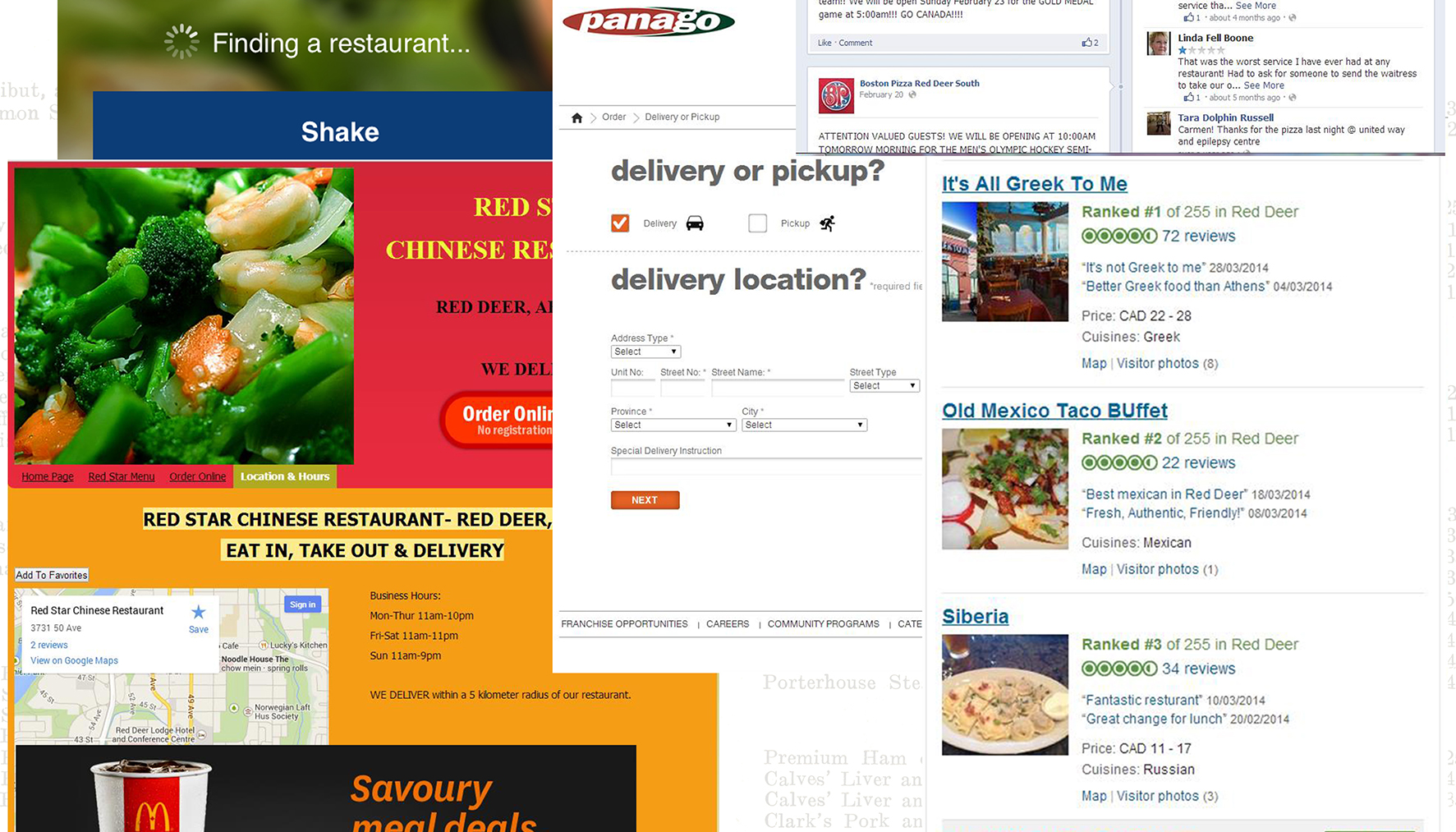
Red Deer Eats
Please Wait to be Seated
The Evolution of Dining Out in Red Deer
With the construction of the Canadian Pacific Railway in 1891, Red Deer became a geographical hub, the halfway point between Edmonton and Calgary. Many people passed through the community on their way to new homesteads or simply paused on their journey from Edmonton or Calgary.
Small restaurants and cafés catered to the somewhat transient population as well as the daily rural commuters. Hotels were for travellers and few locals would eat there. The food served was basically the same as in any private home and also more expensive. From 1899 to 1920 Red Deer had at least five hotels and 12 restaurants and cafés for a population of 125 to 2,300 people.
In the 1940s and 1950s, dining out was often connected to a public social function. Into the 1960s many women did not work outside the home and many middle class families in Red Deer had domestic help for cooking and child care. With all of the time and help at home, few saw the need to dine out. Additionally, until the 1970s there were few family friendly or fine dining restaurants in Red Deer.
Today dining out has become a necessity for some as busy schedules leave little time for cooking. In the business world, dining out is seen as an opportunity to impress clients and secure deals. For others, dining out is purely social, a chance to relax with friends and enjoy good food. How will dining out look in another 50 years?
Hotel Era
During the early years dining out was mostly limited to travellers. For example, the Alberta Hotel catered to the railway traffic and the menu offered simple dishes. Note the English Café’s advertisement of white cooks only.


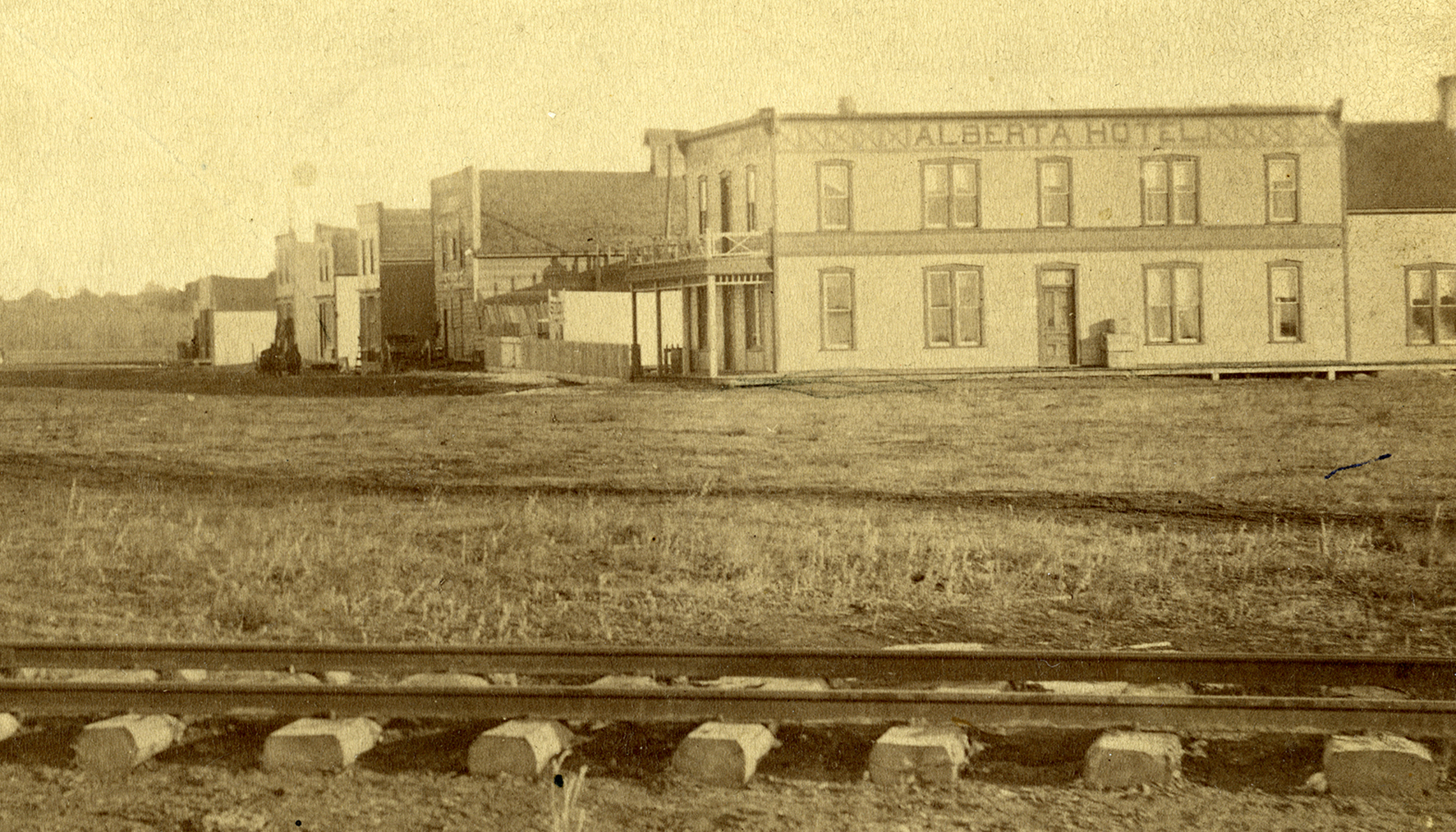
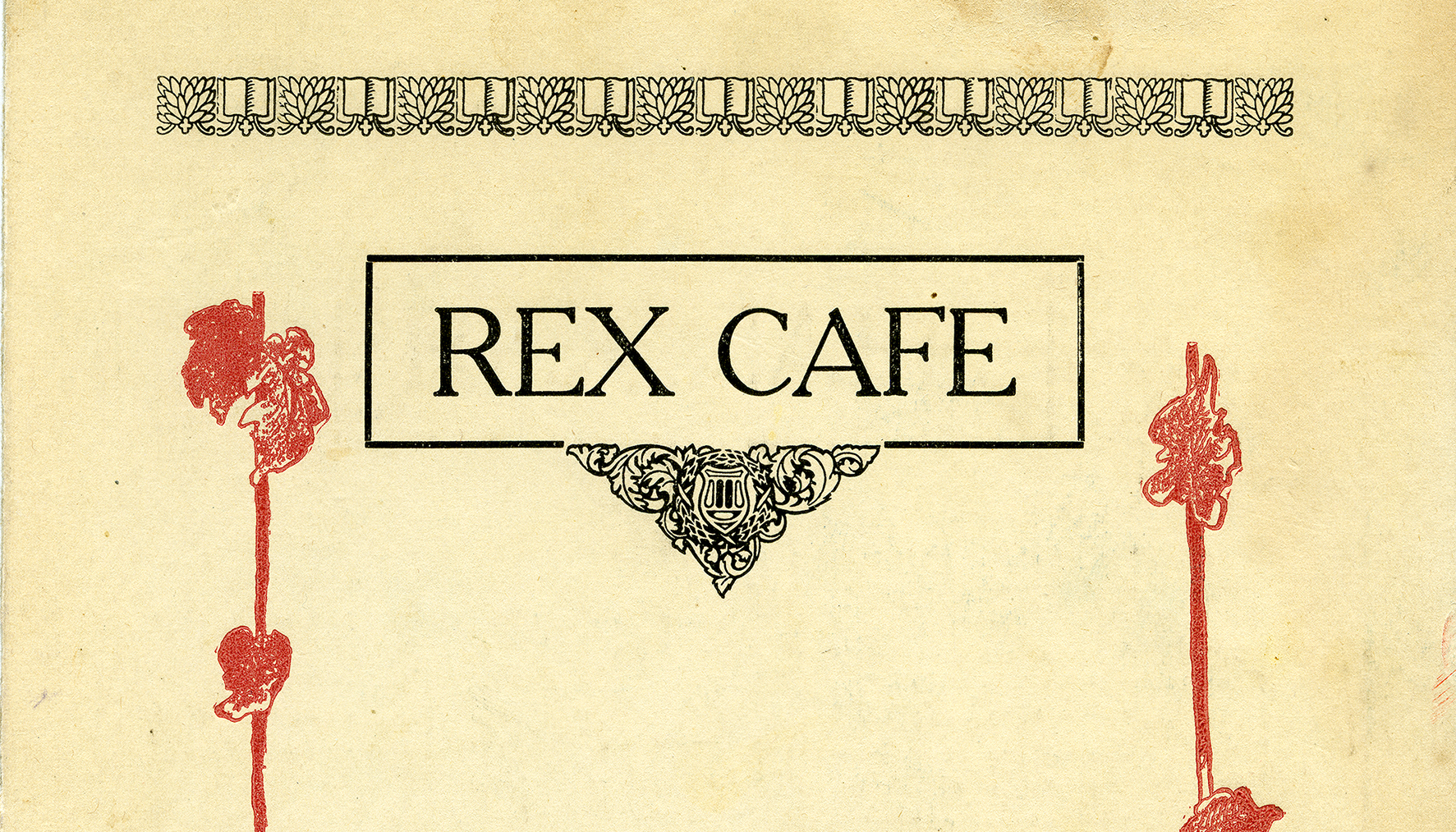
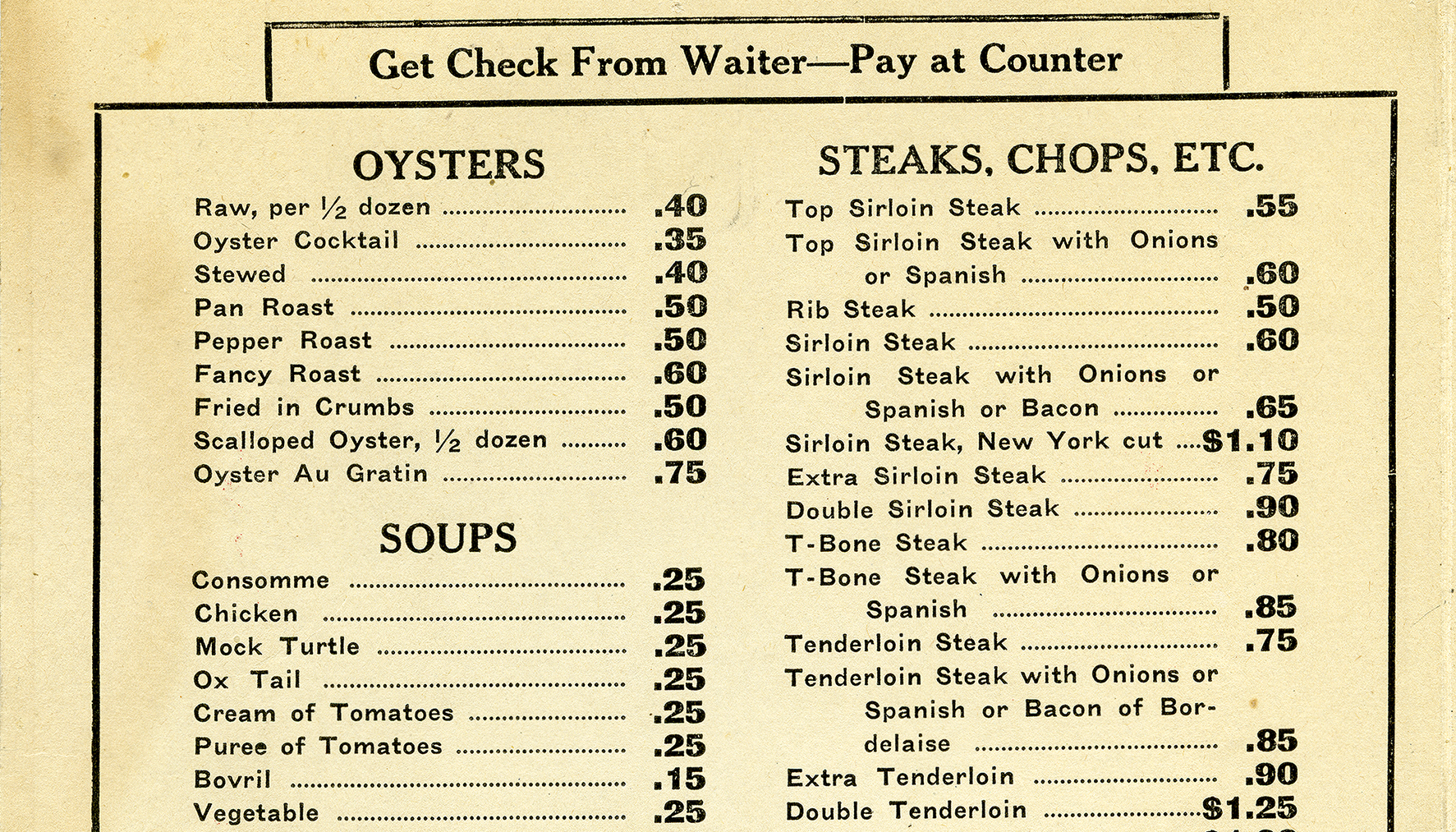
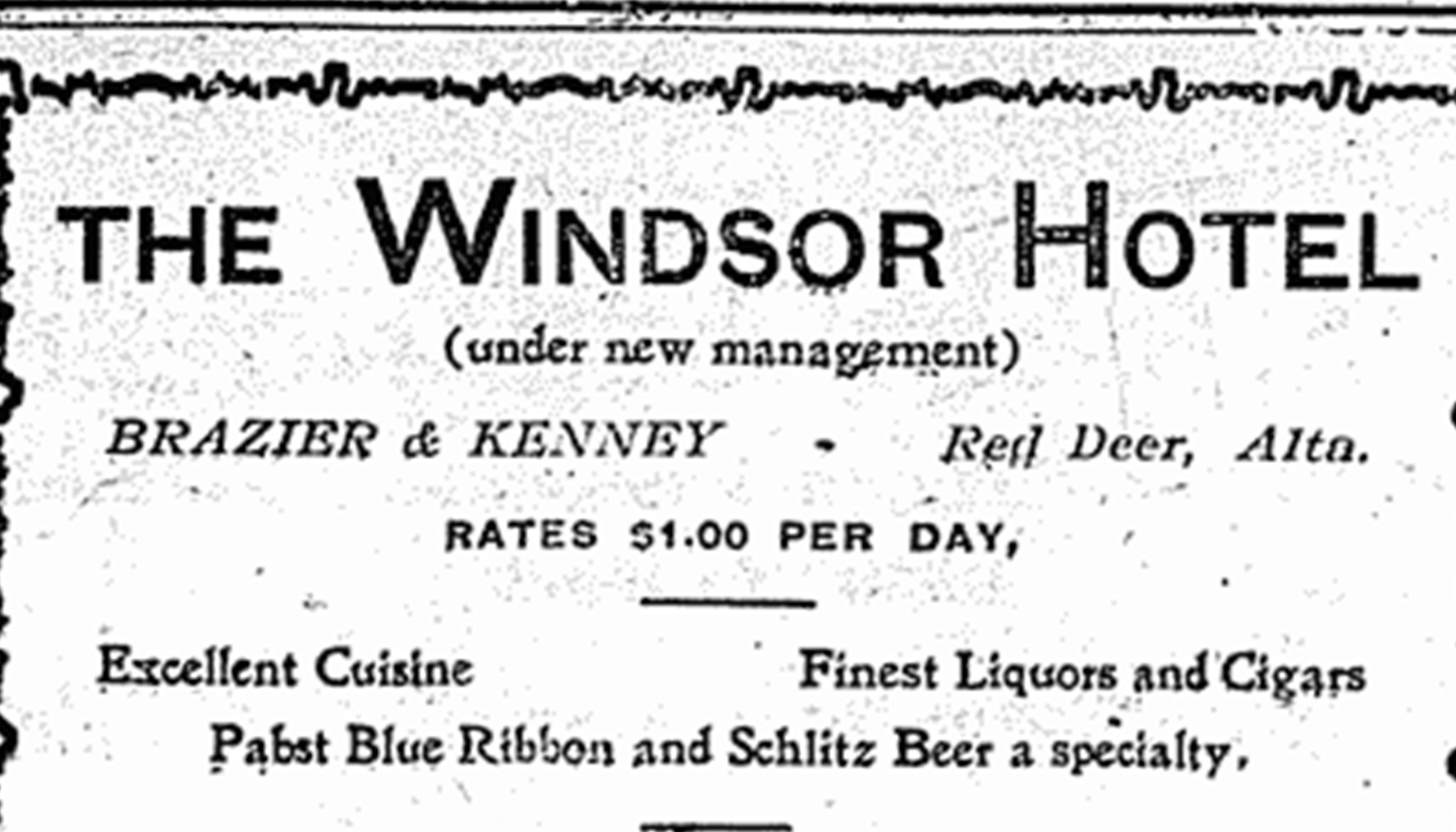
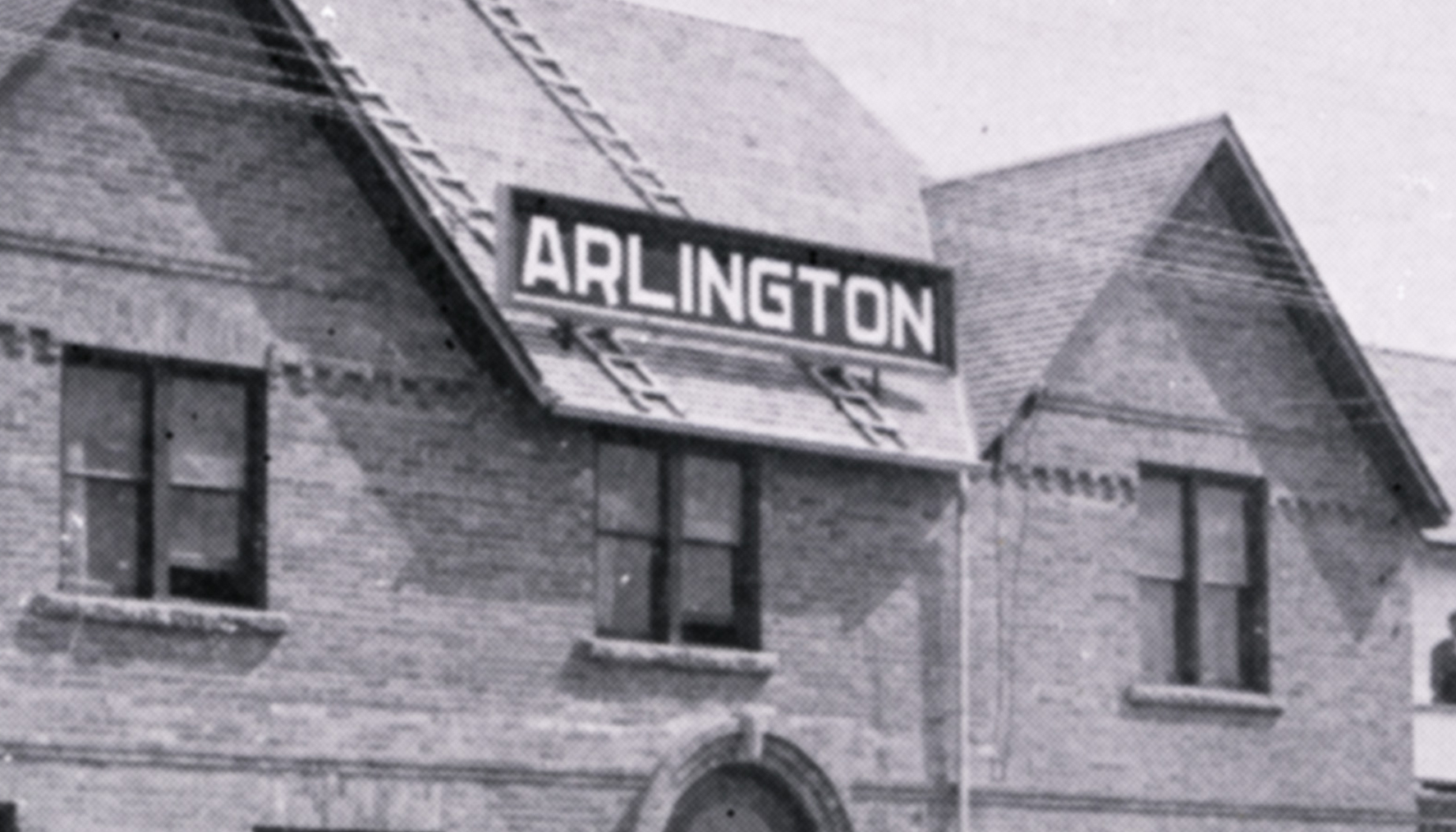
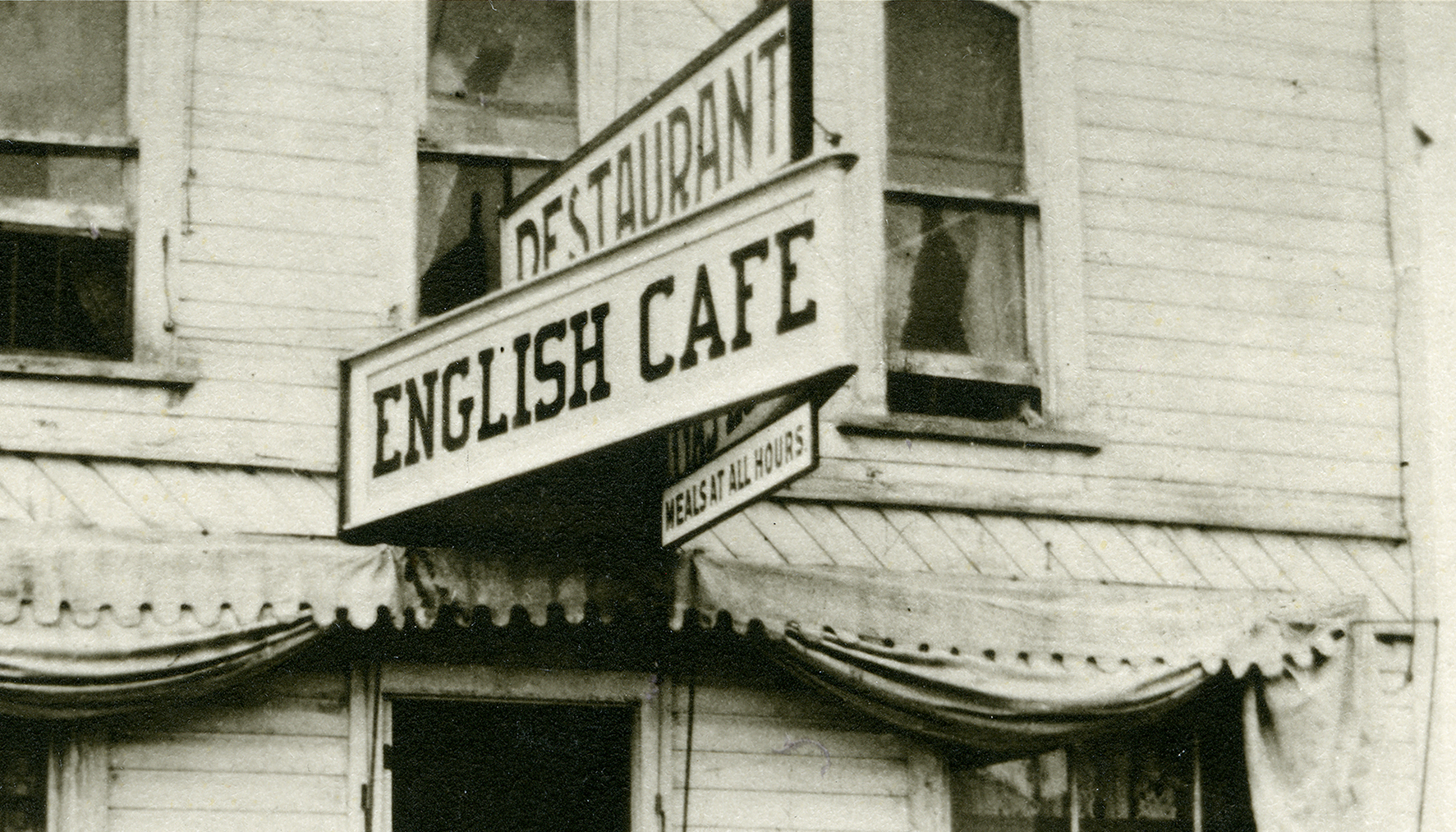
Growth and War
An exception to the usual simple menu, many restaurants would offer elaborate menus for special events, like Christmas. The Alberta Hotel still served railway passengers and ads from the Red Deer Café indicated meals at all hours, possibly to accommodate the train schedule. The Restaurant Act in 1919 significantly changed the look of public dining by removing private dining booths.


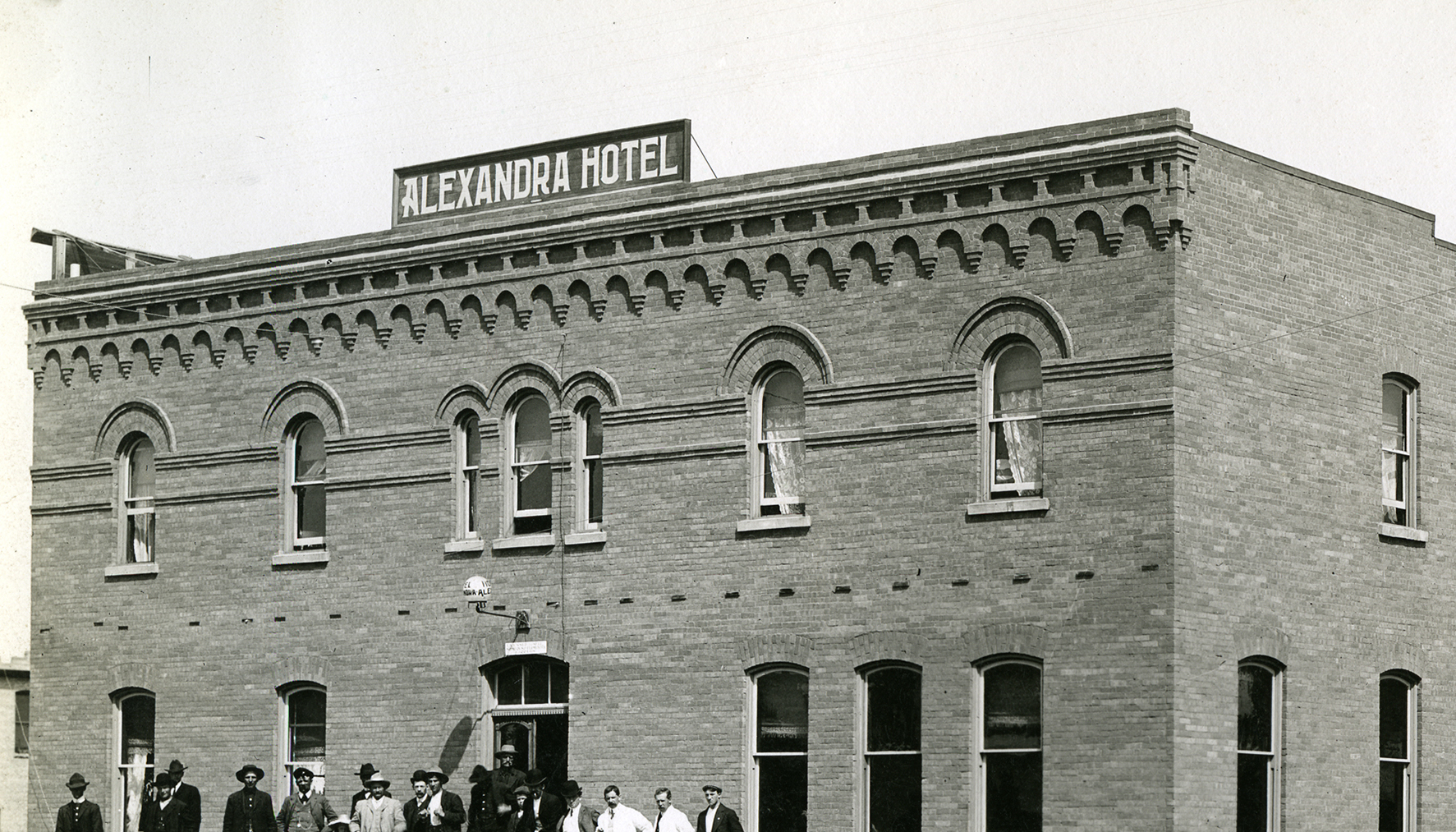
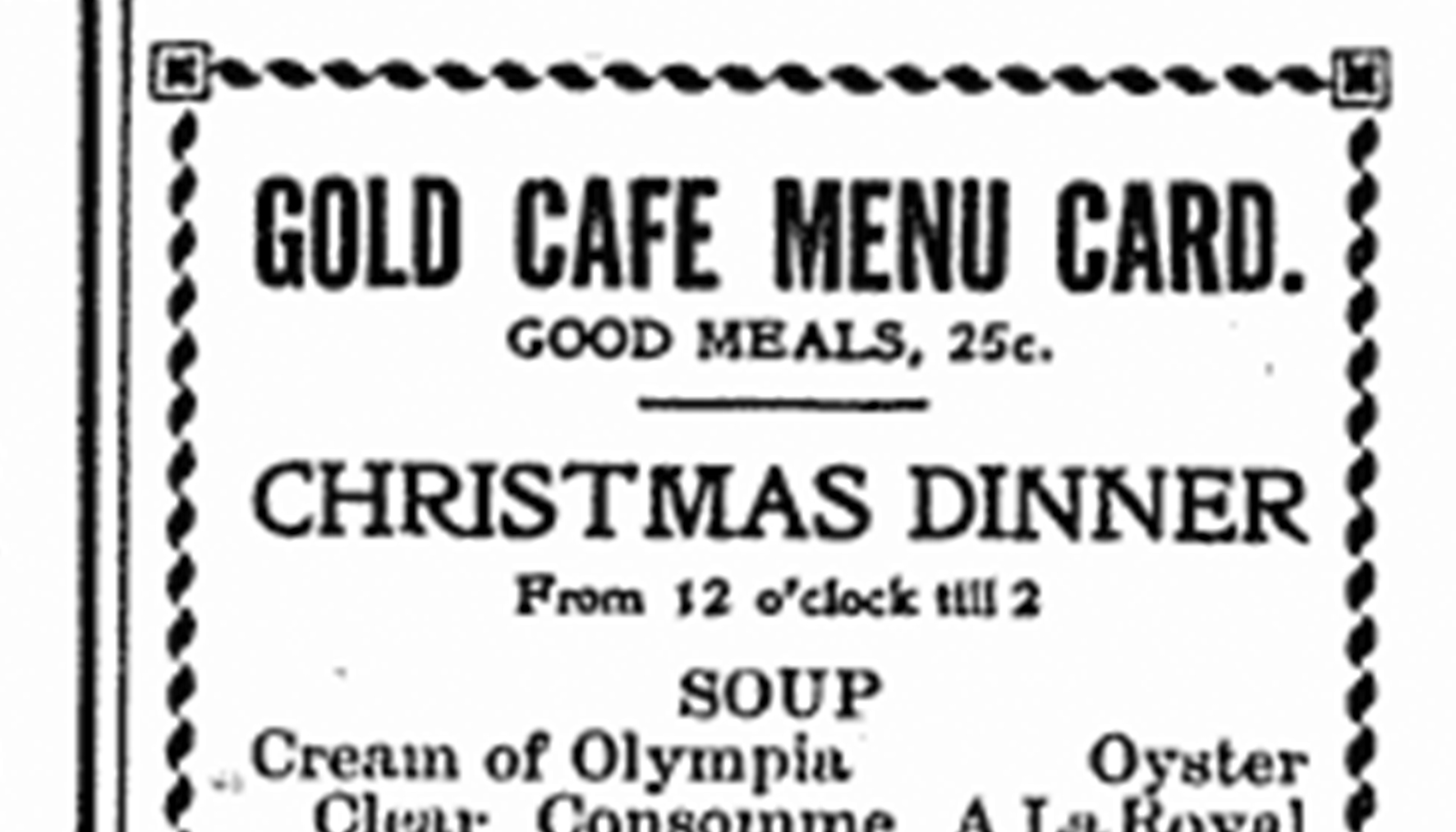
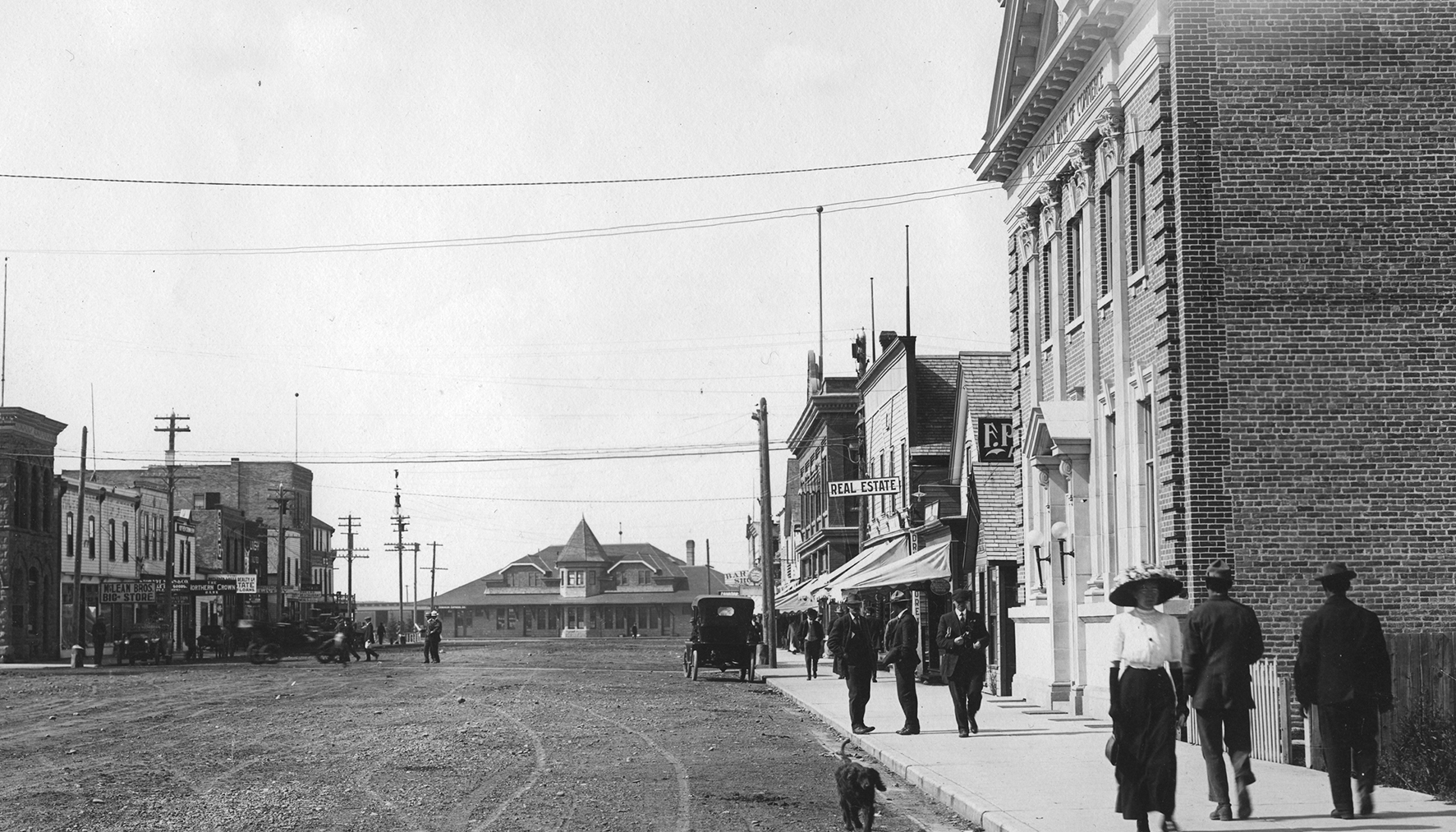
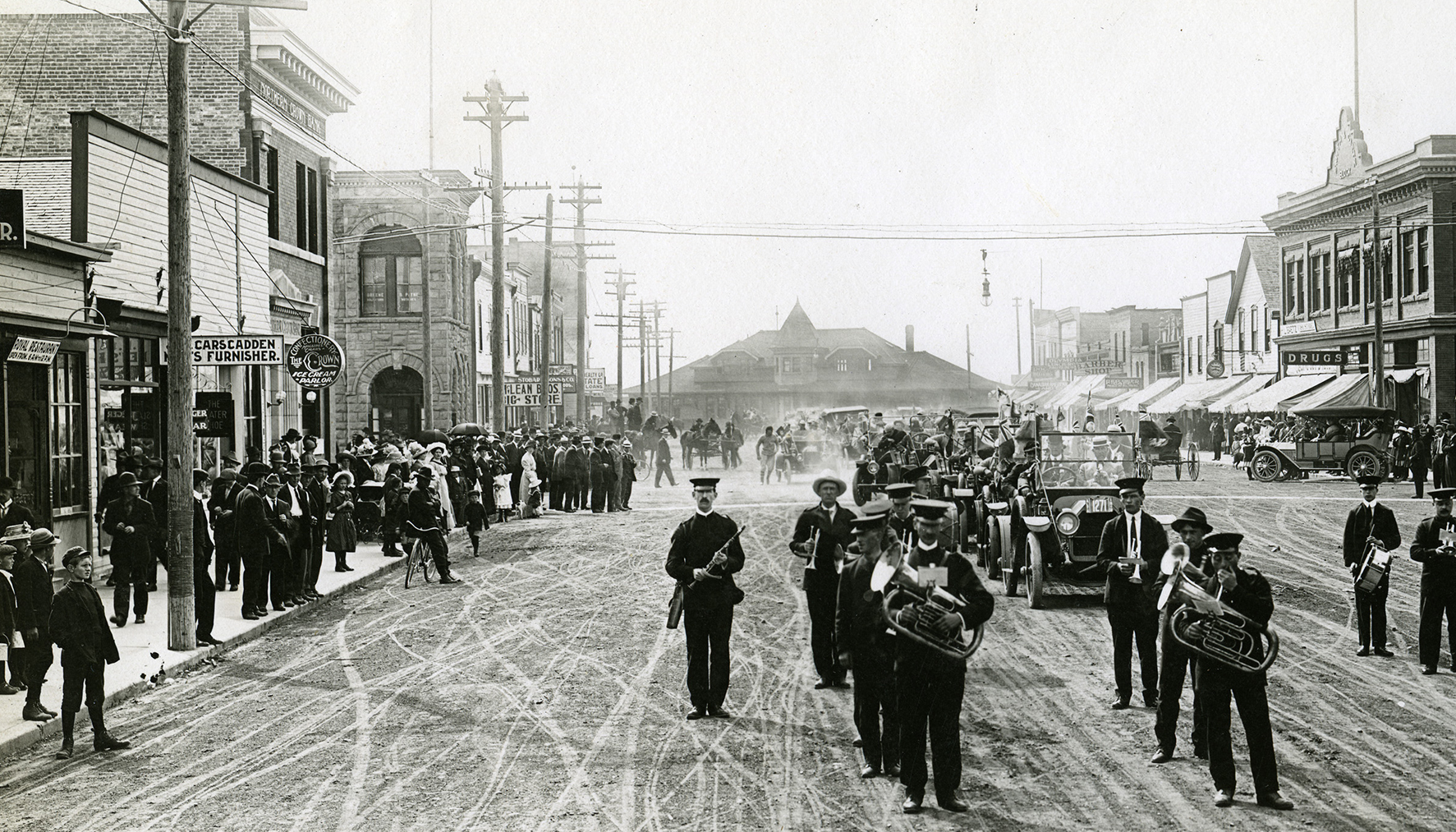
Roaring Twenties
After the First World War, Red Deer saw little growth or change. Soldiers came home to high prices and a depression. Businesses closed or were sold and unemployment soared.
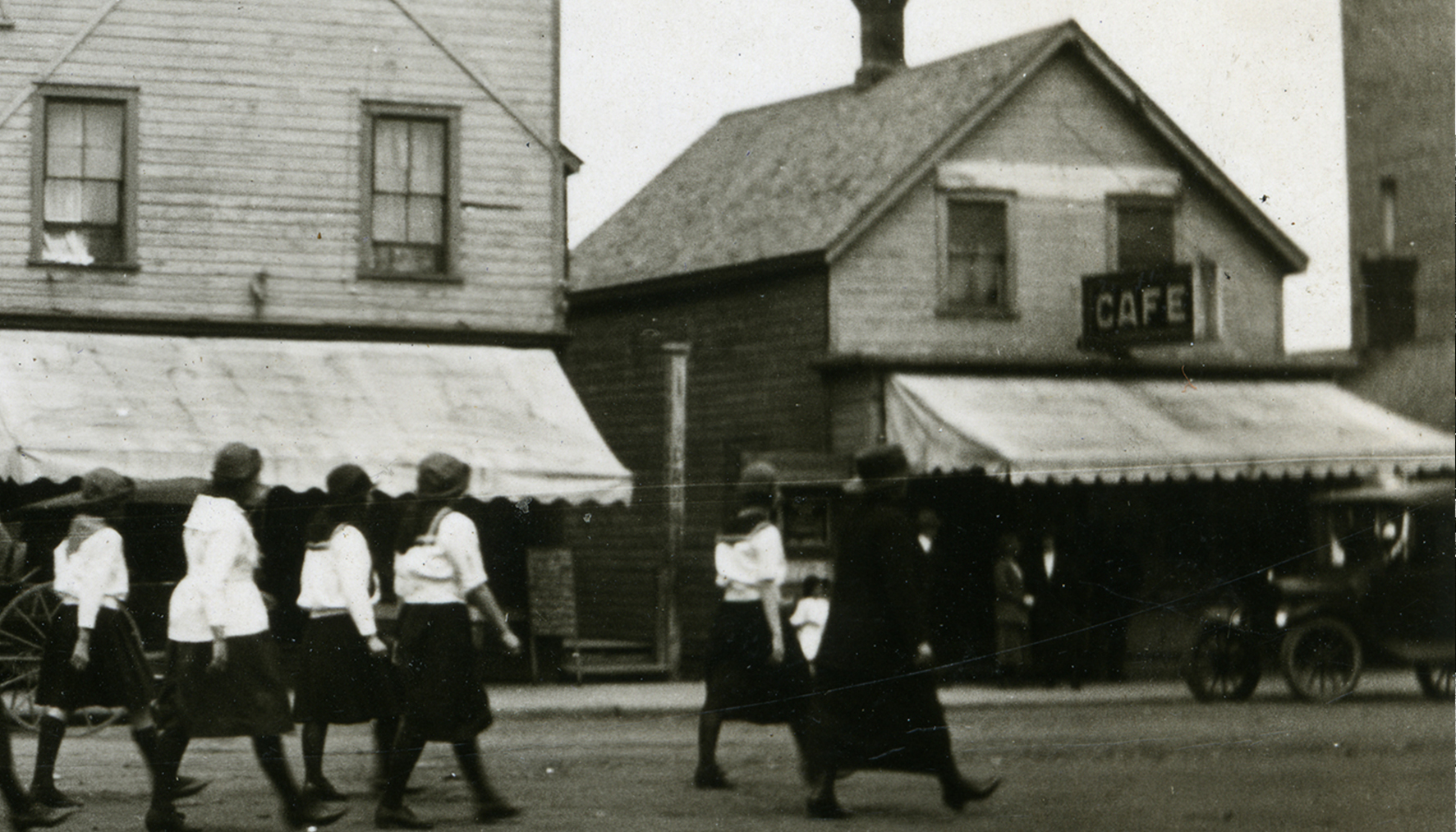
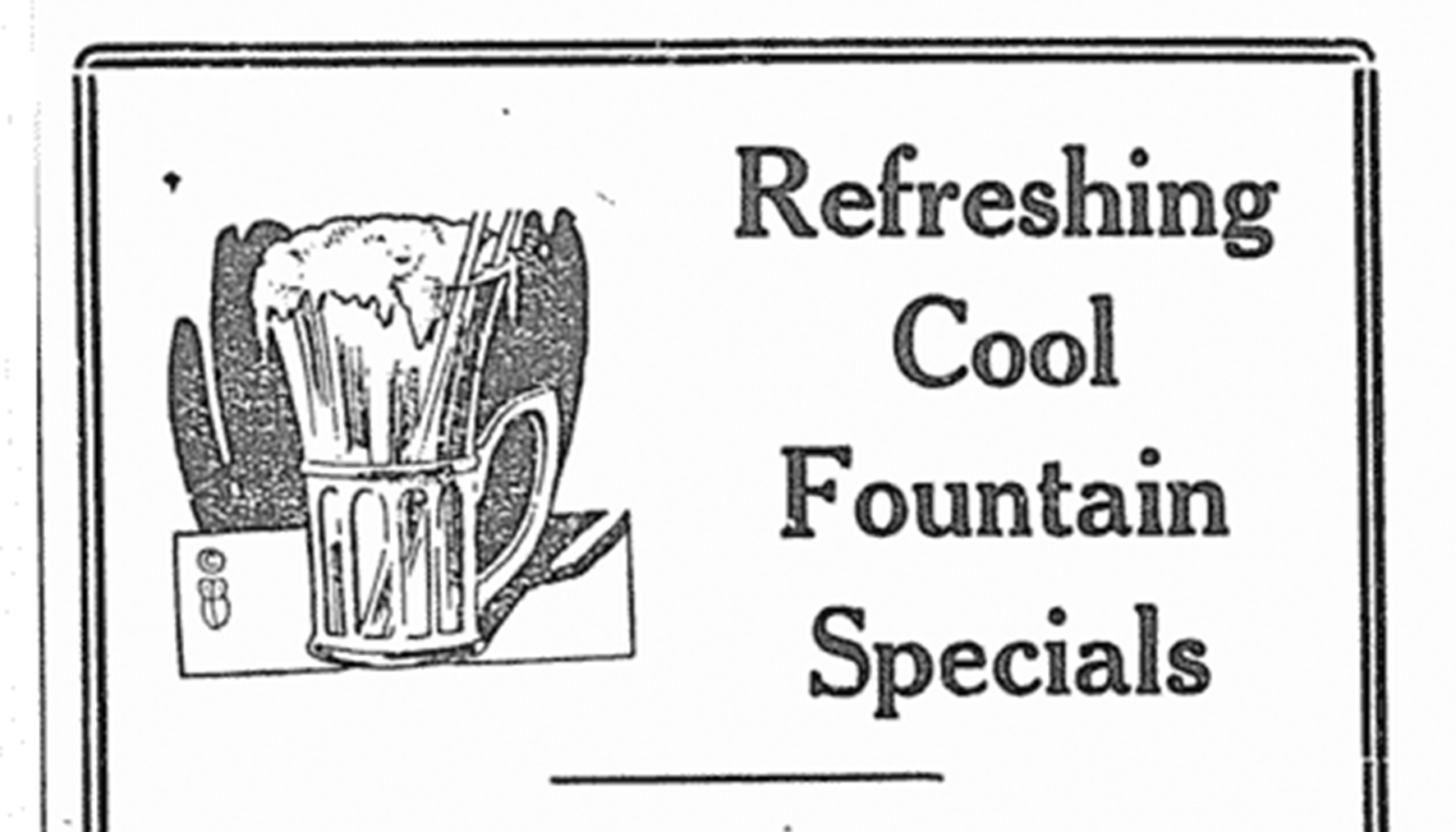
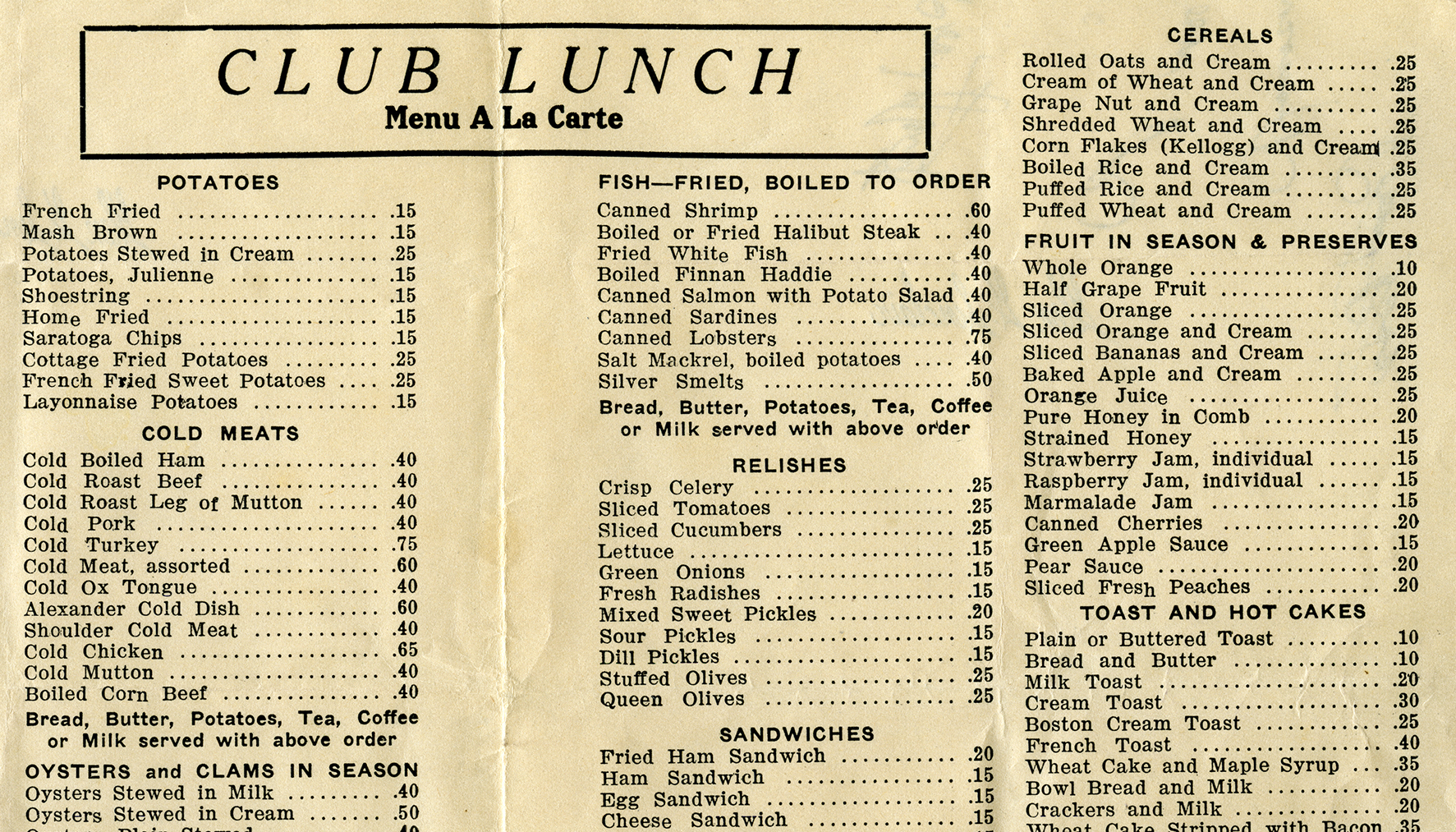
Second World War
During the war Red Deer was a hub of activity with soldiers coming and going from the A-20 Camp and the training base at Penhold. Hotels and cafes were plentiful and offered a variety of options until the introduction of rationing in January 1942.
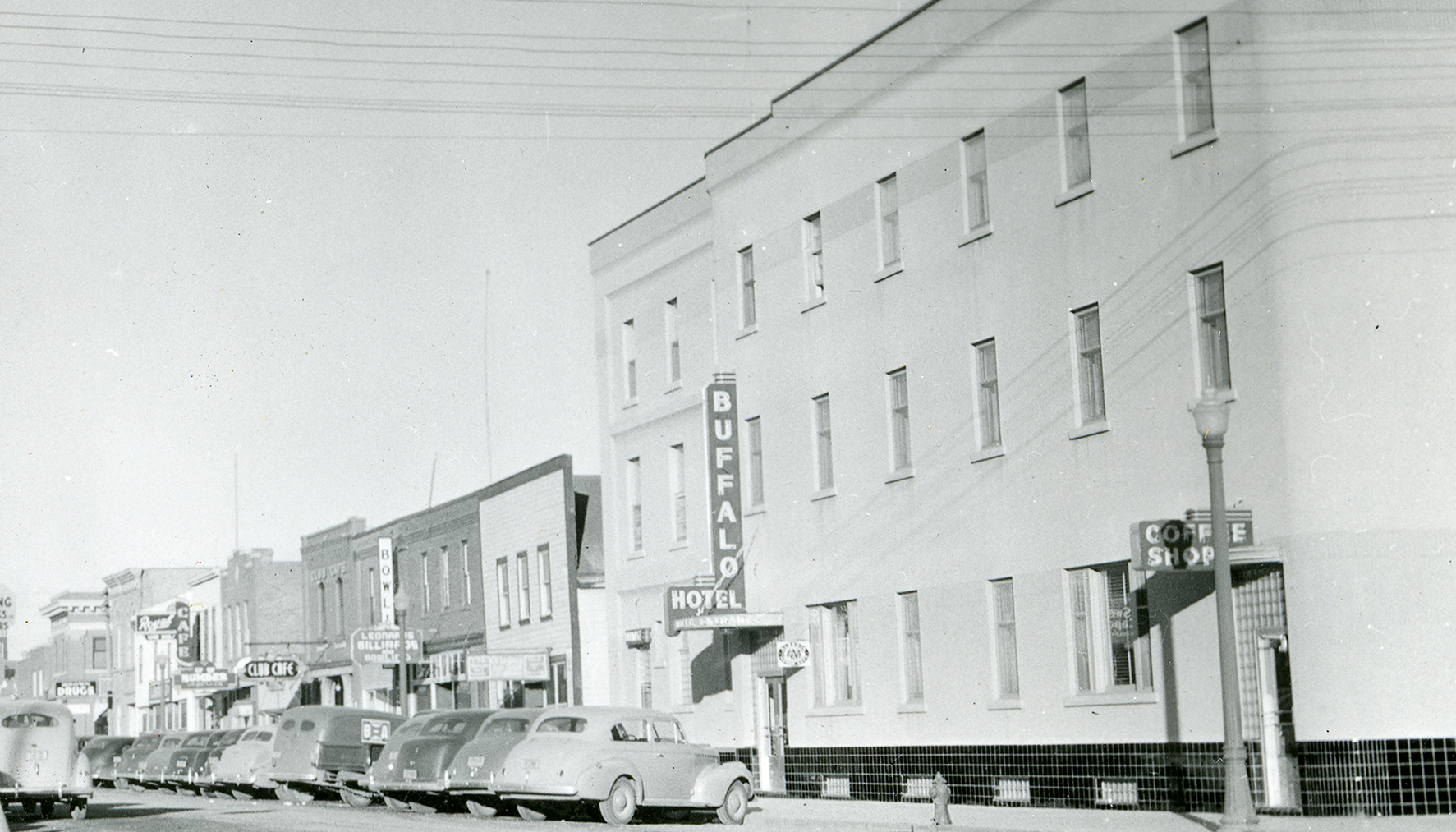
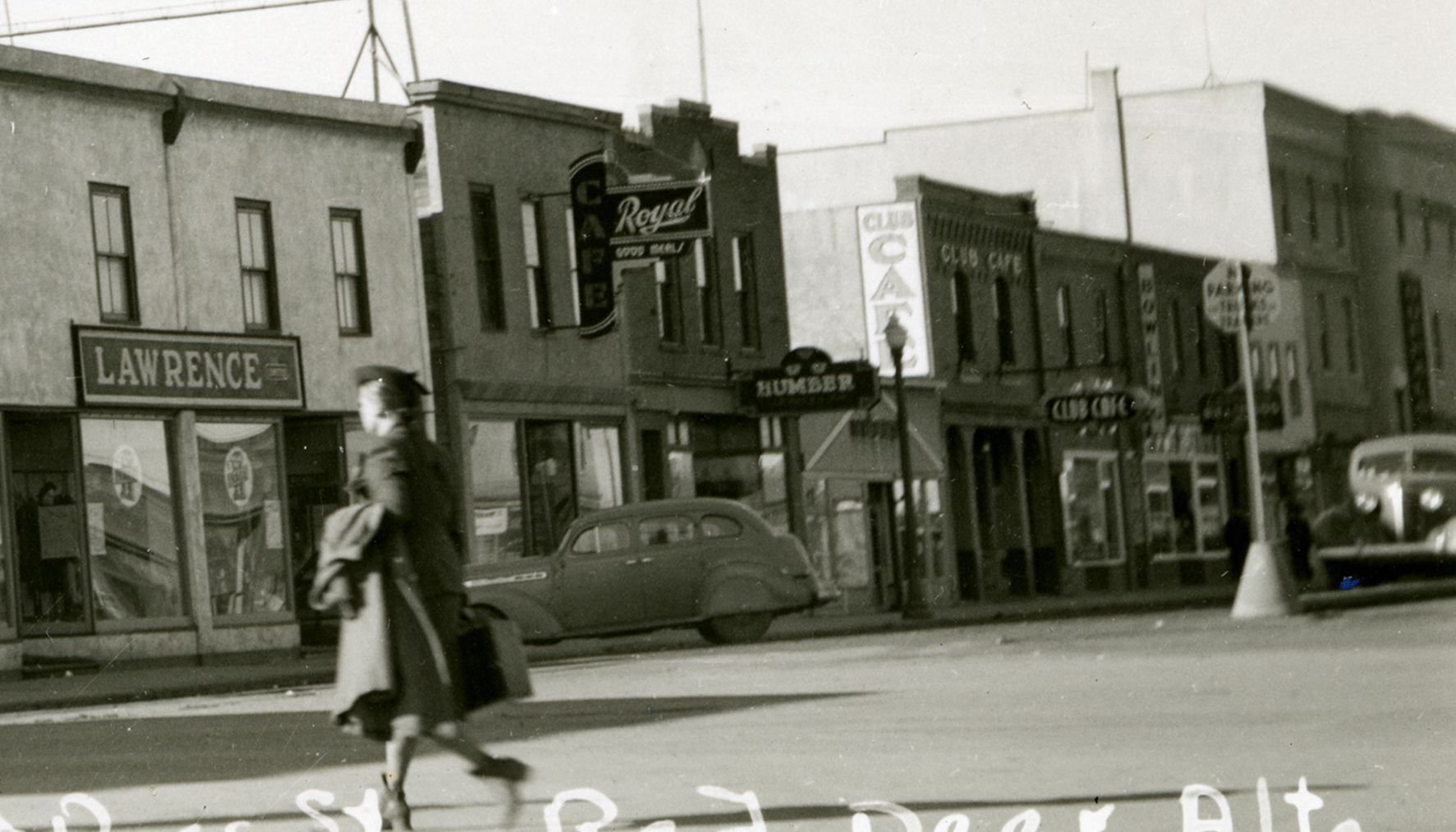
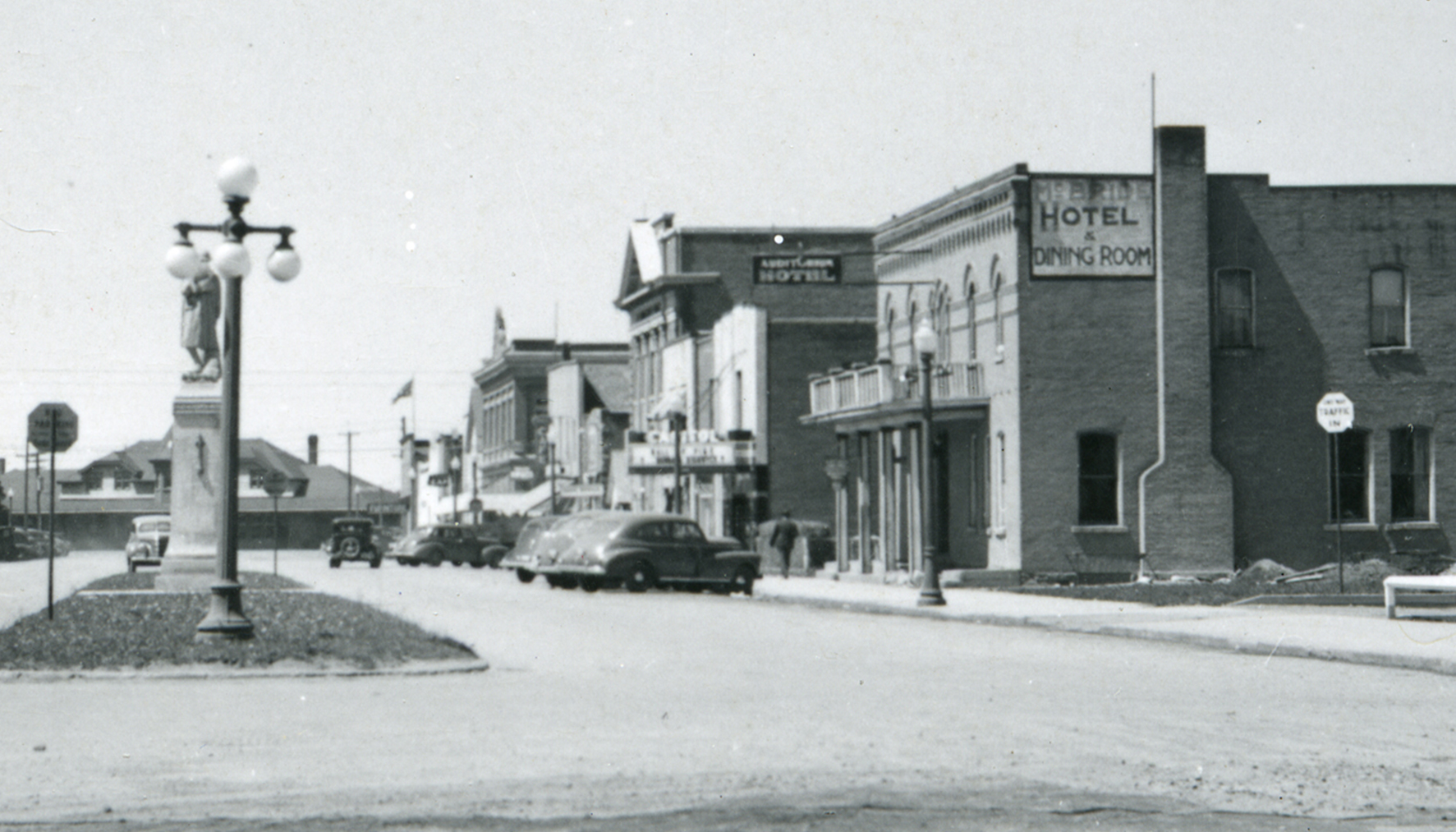
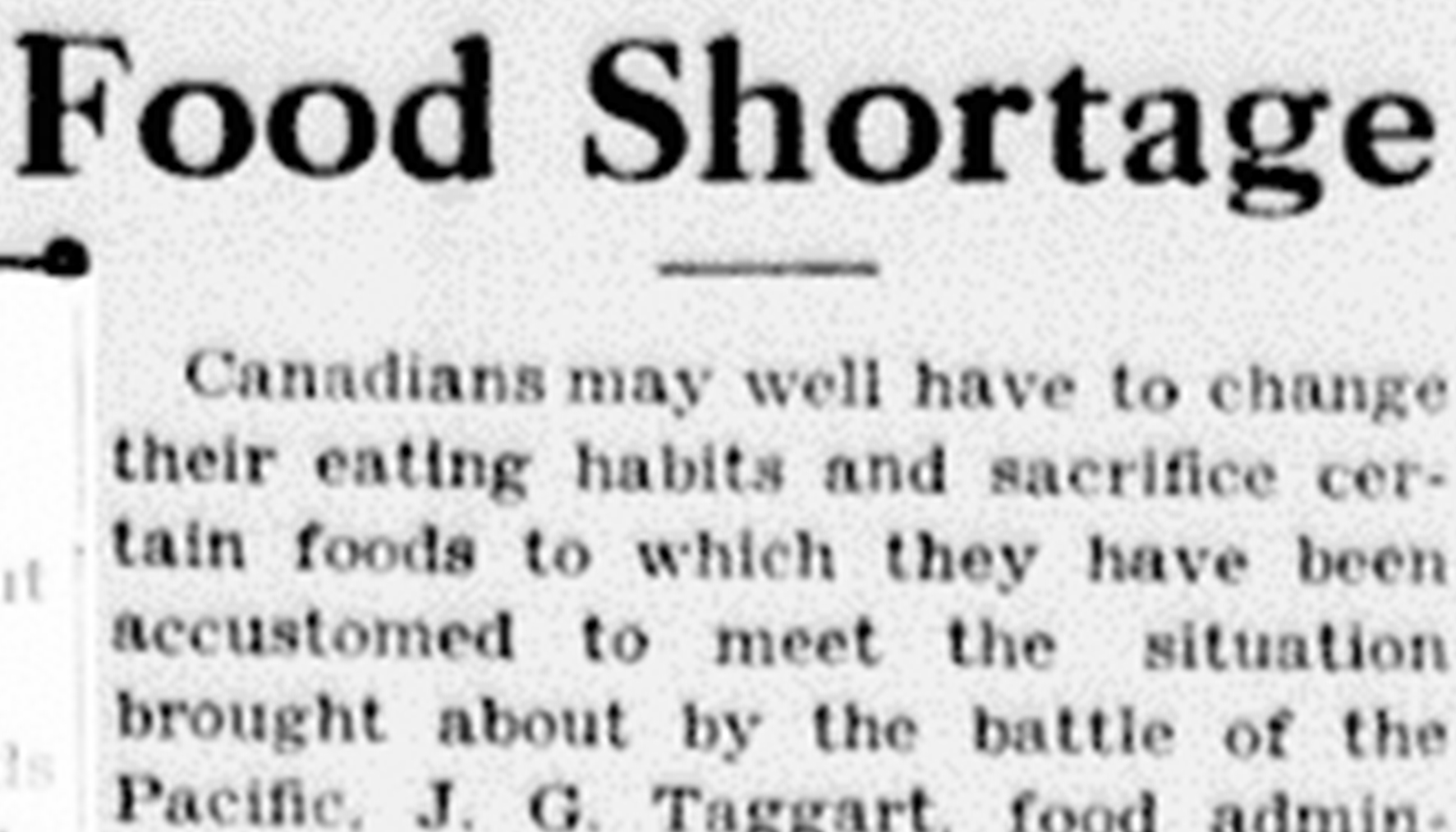

Prosperity
The Second World War brought a time of prosperity to Red Deer including the introduction of daily bus service between the city and the military base at Penhold.
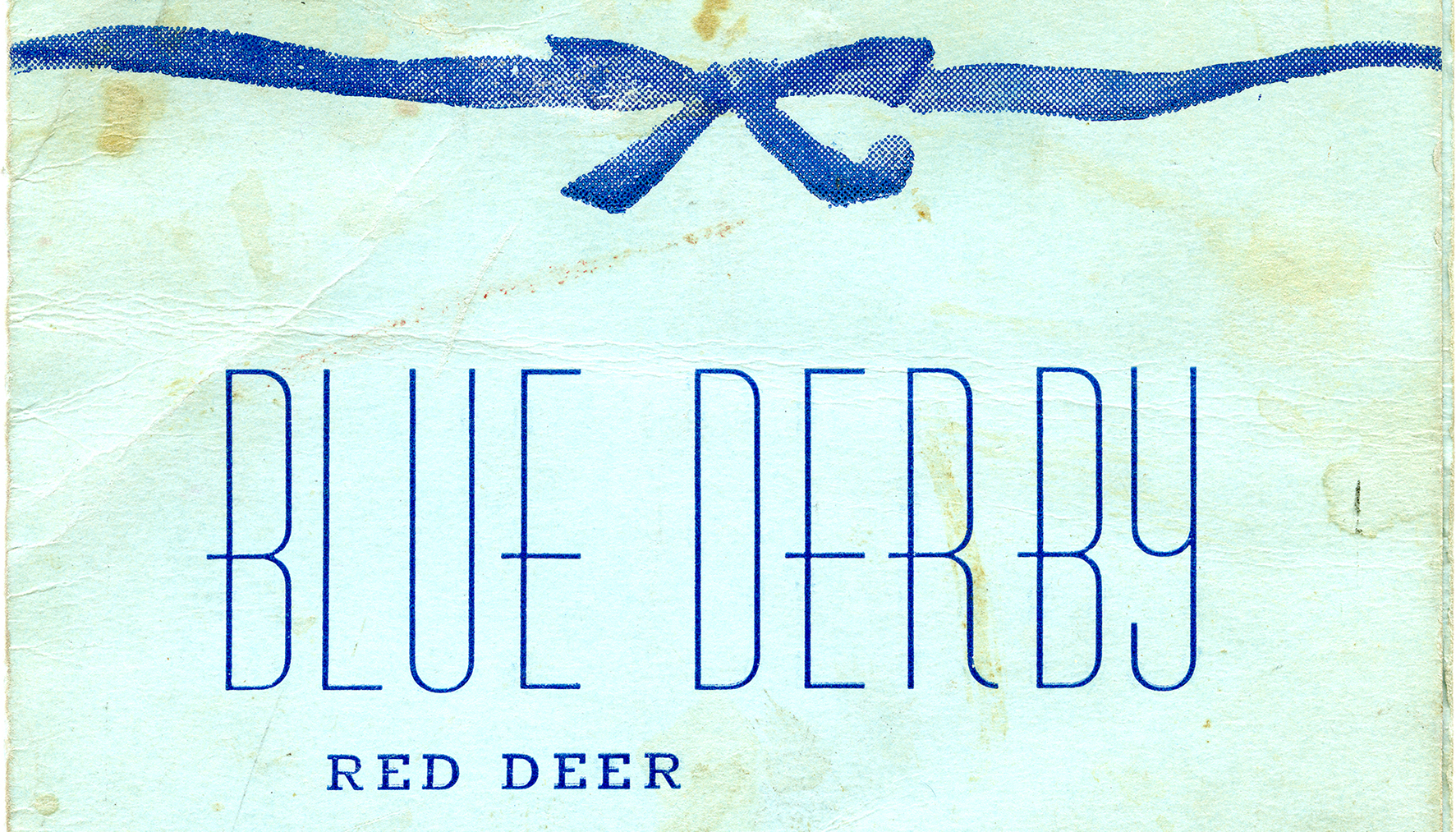

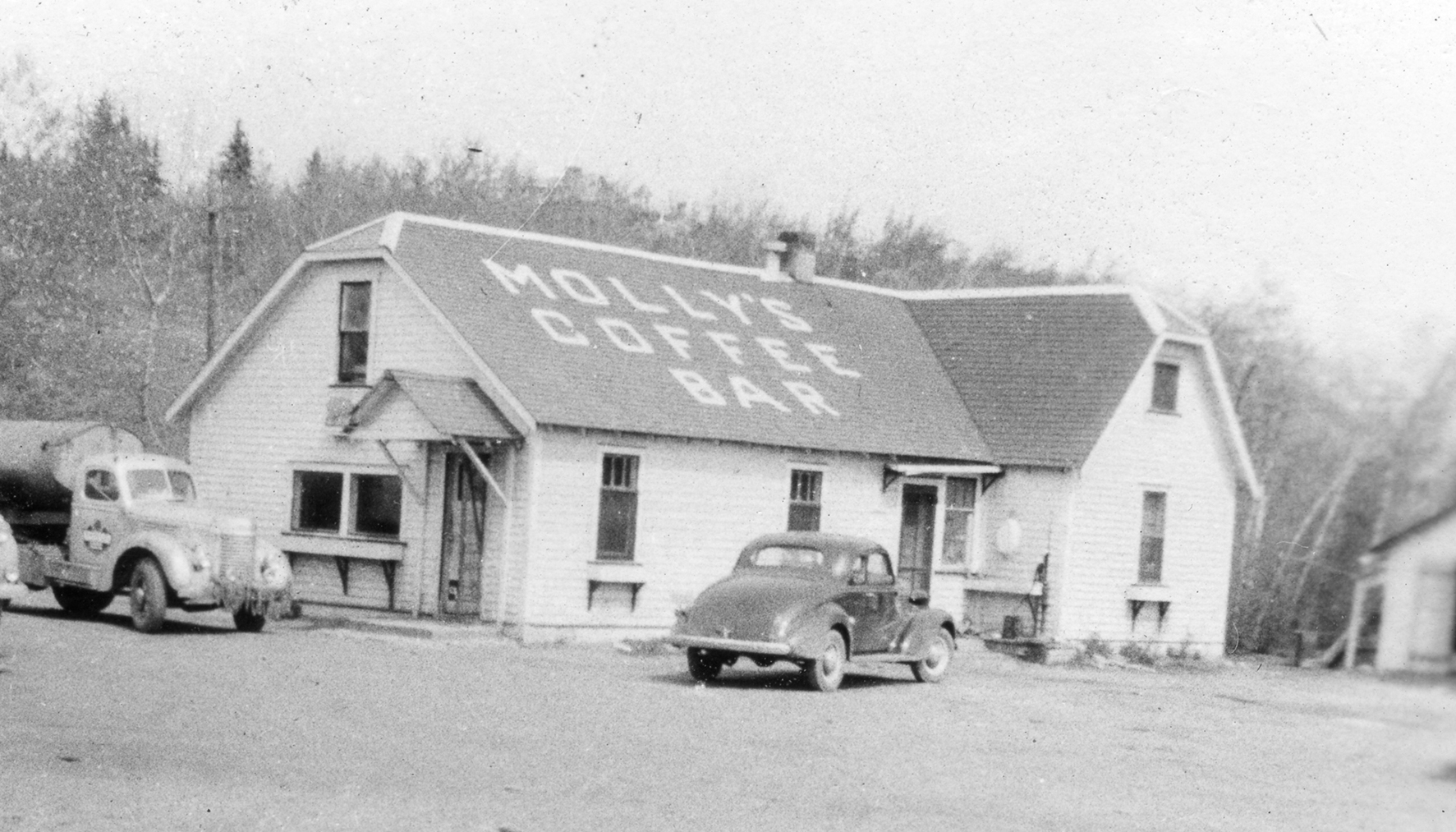
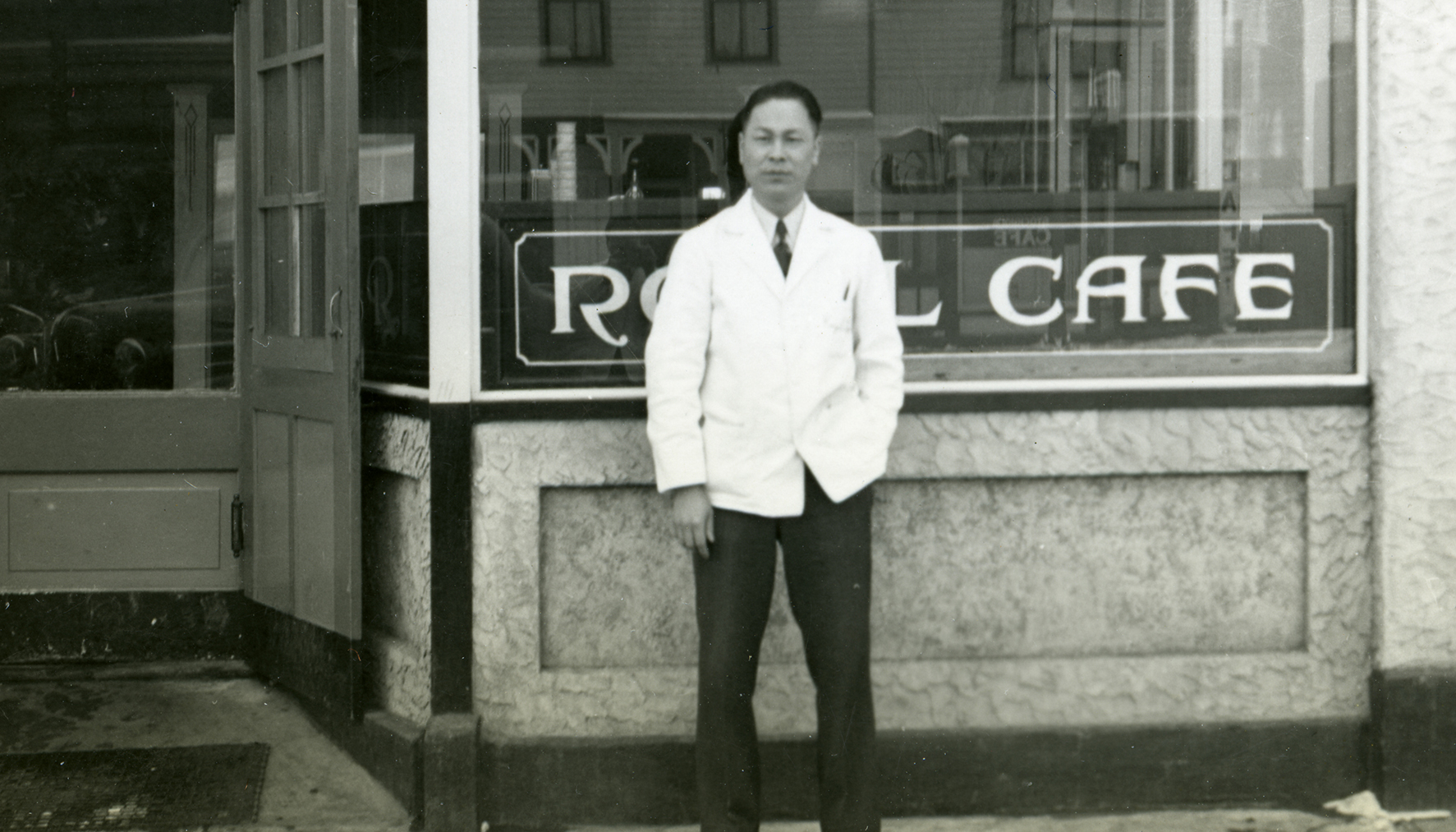
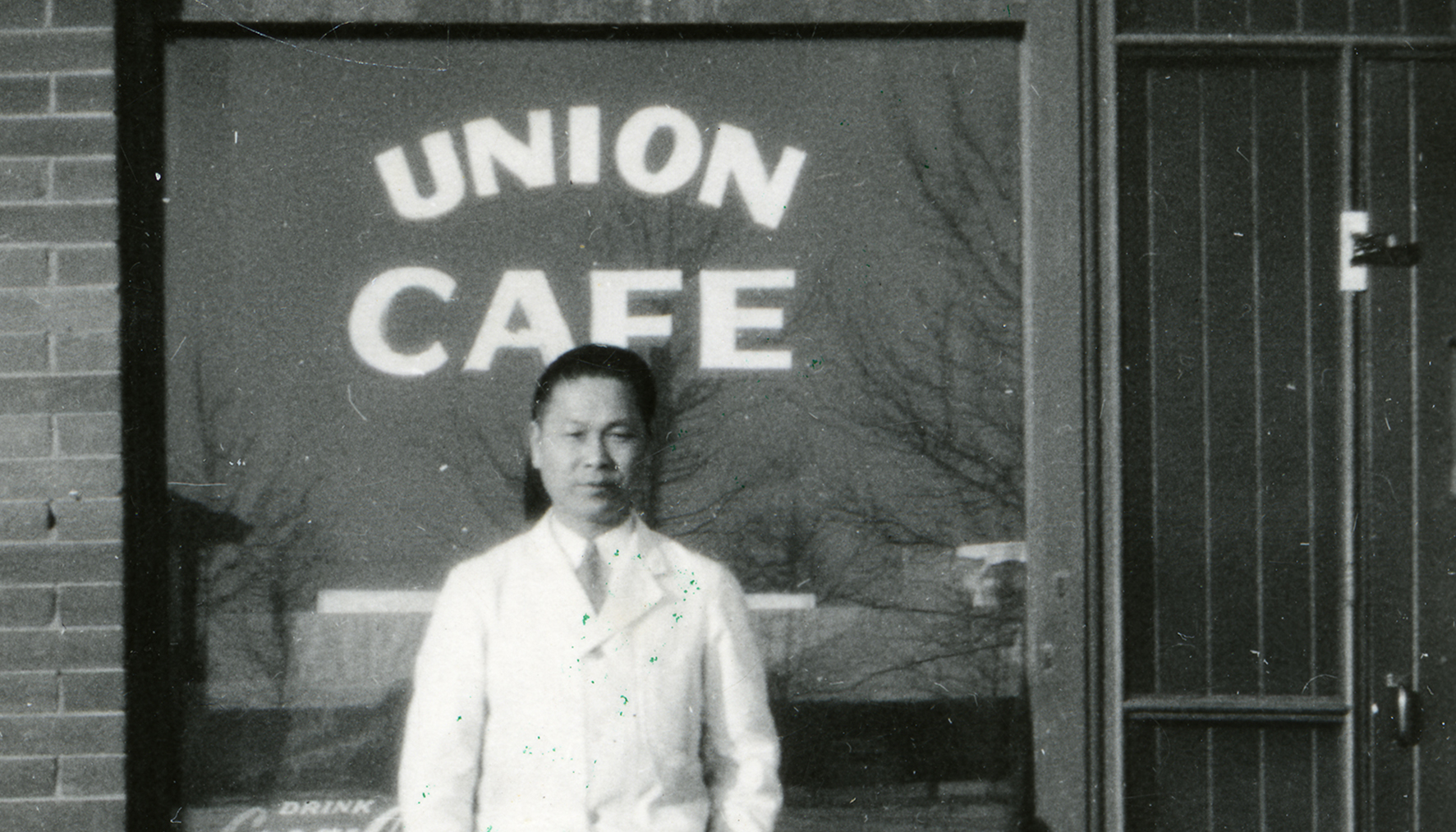
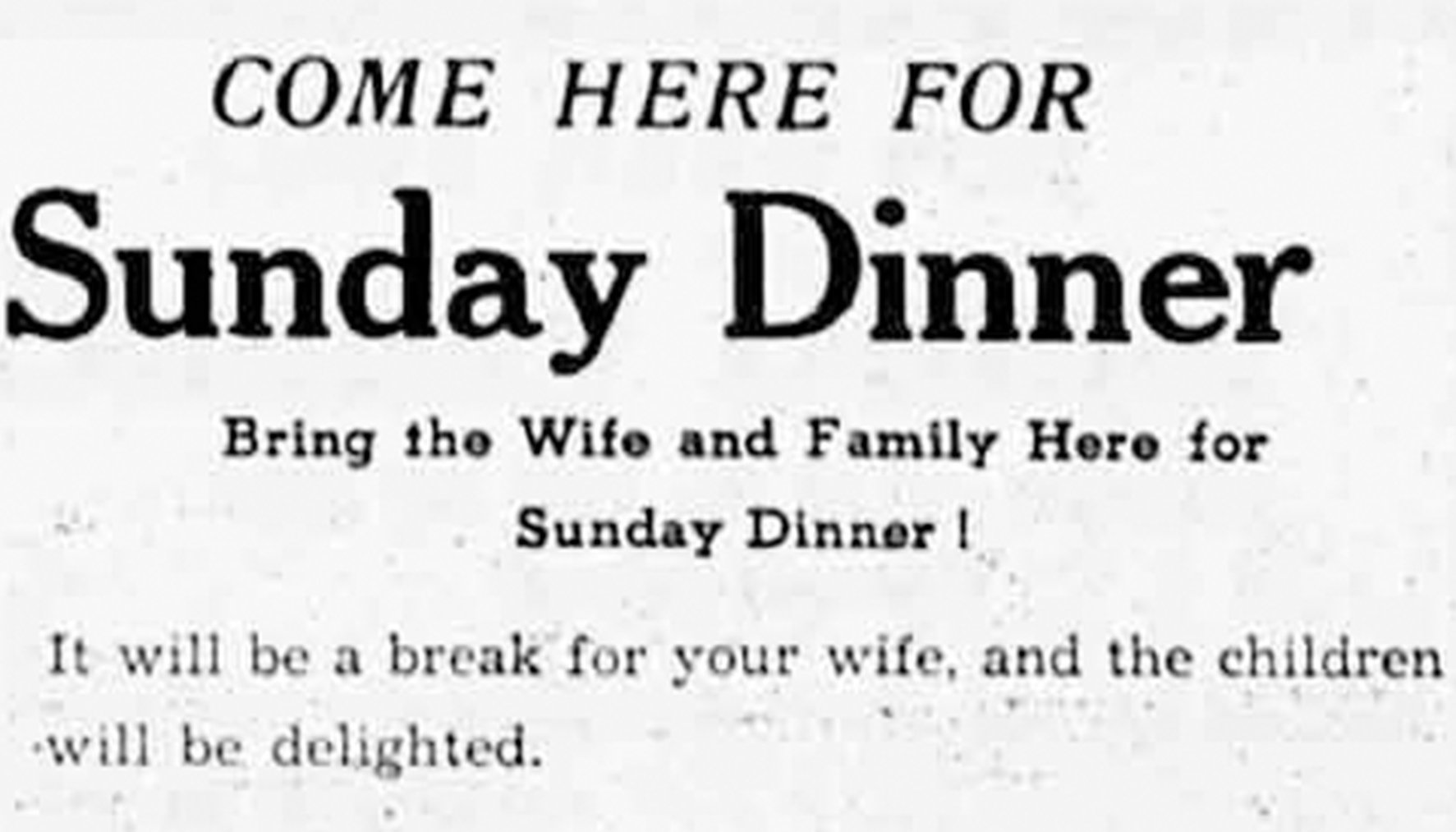
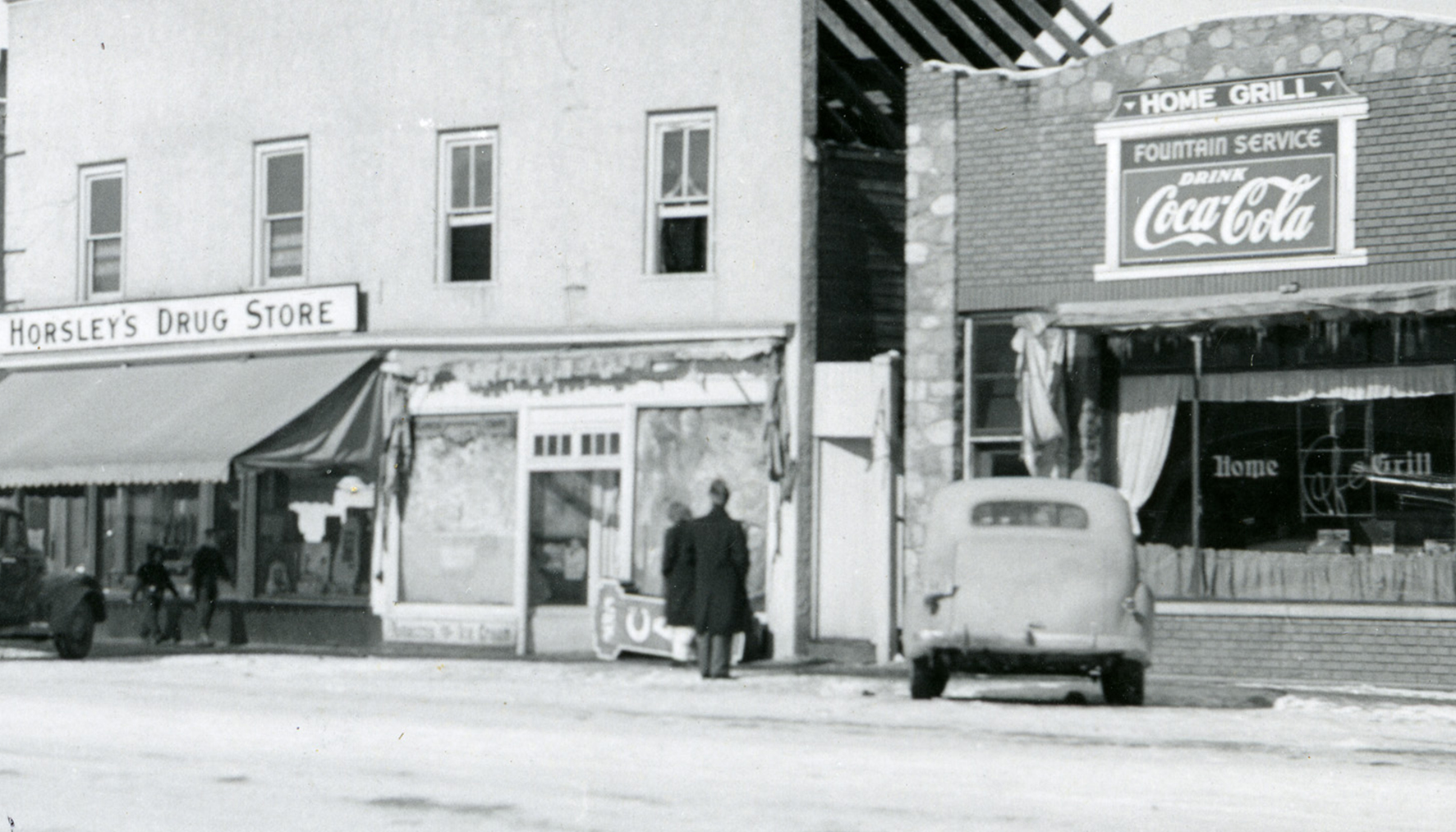
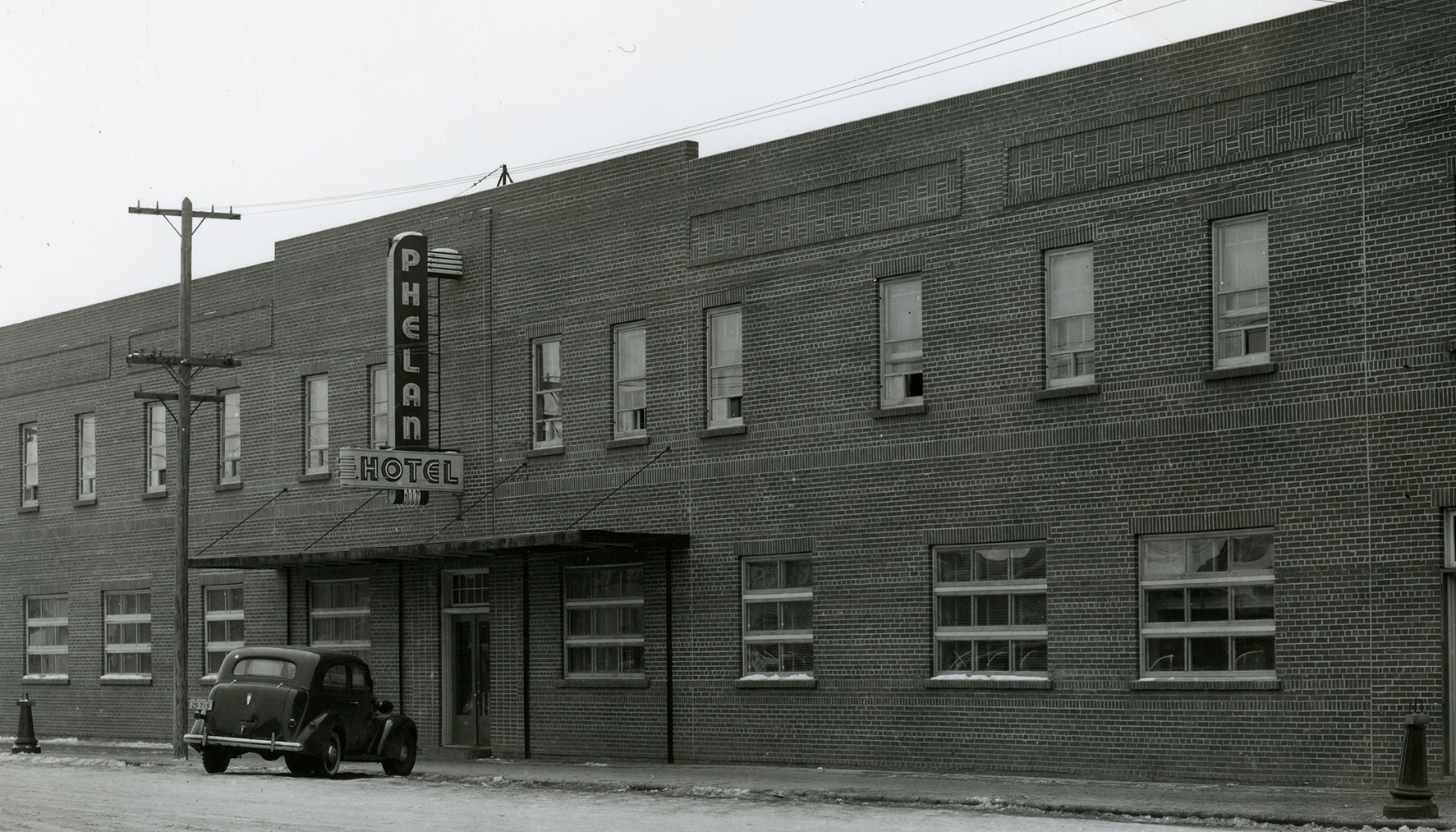
Rise of the Family
After the war, women returned to their position as homemaker. The restaurants and cafés soon became hangouts for the growing youth population.
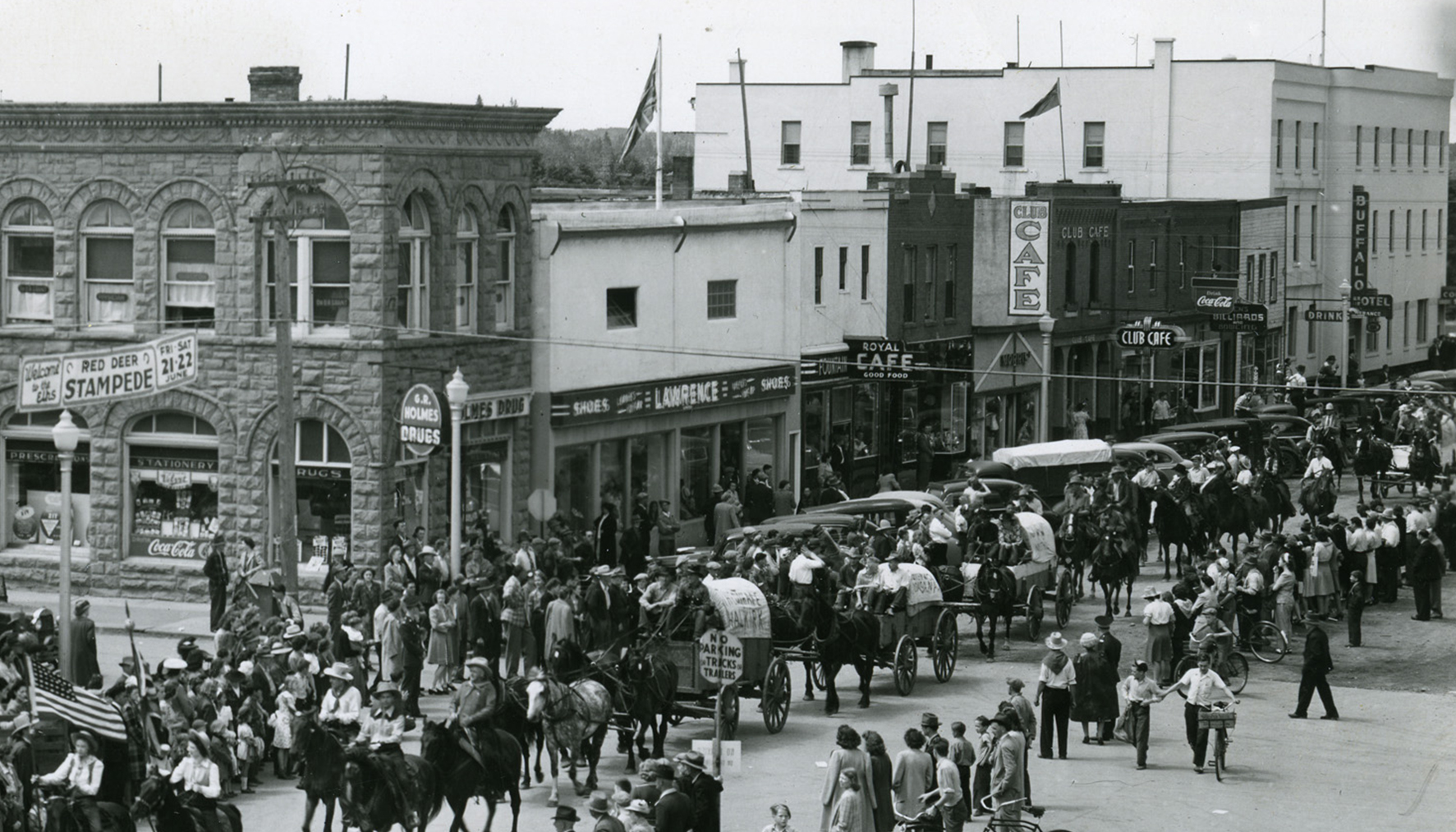
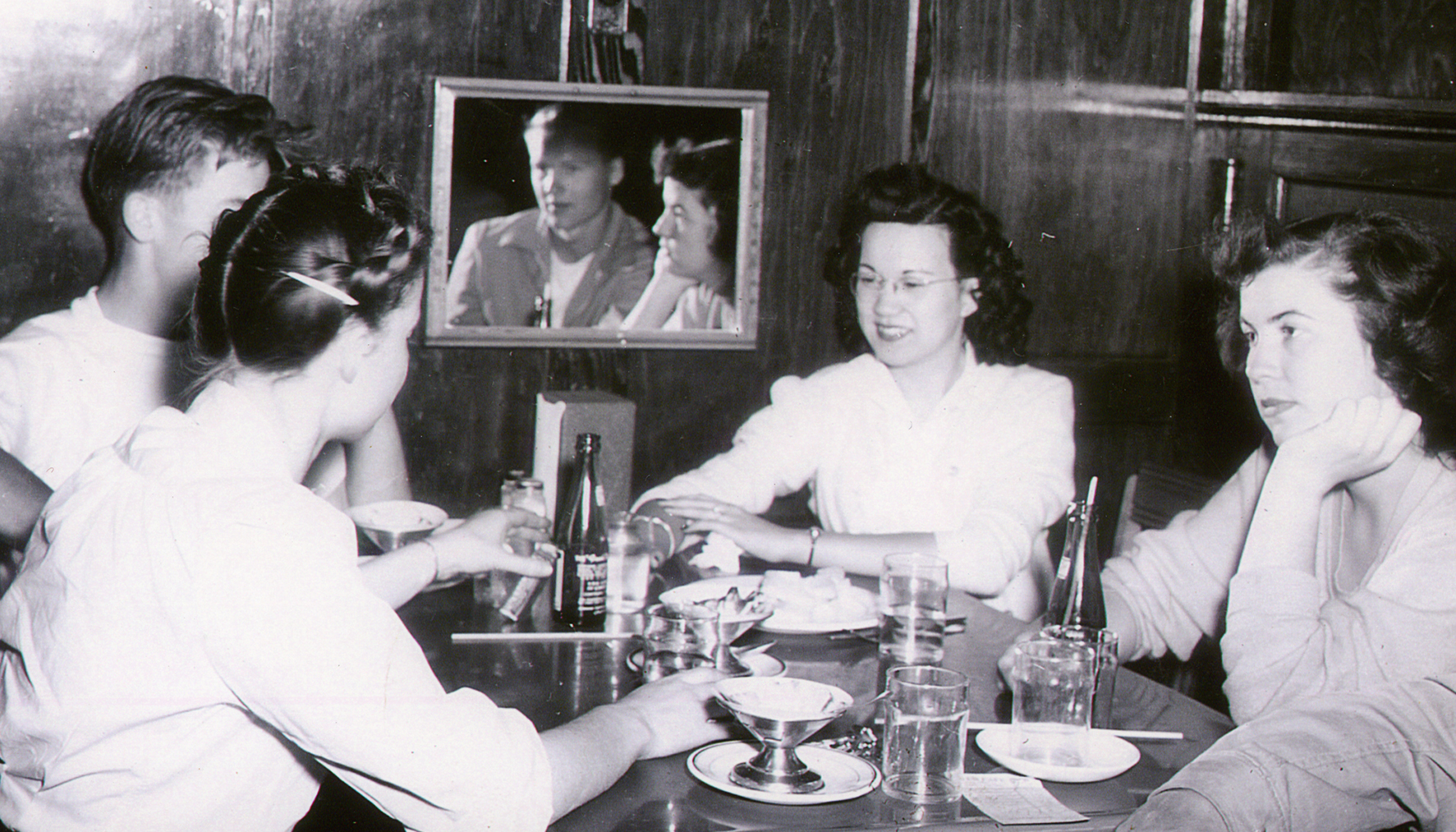
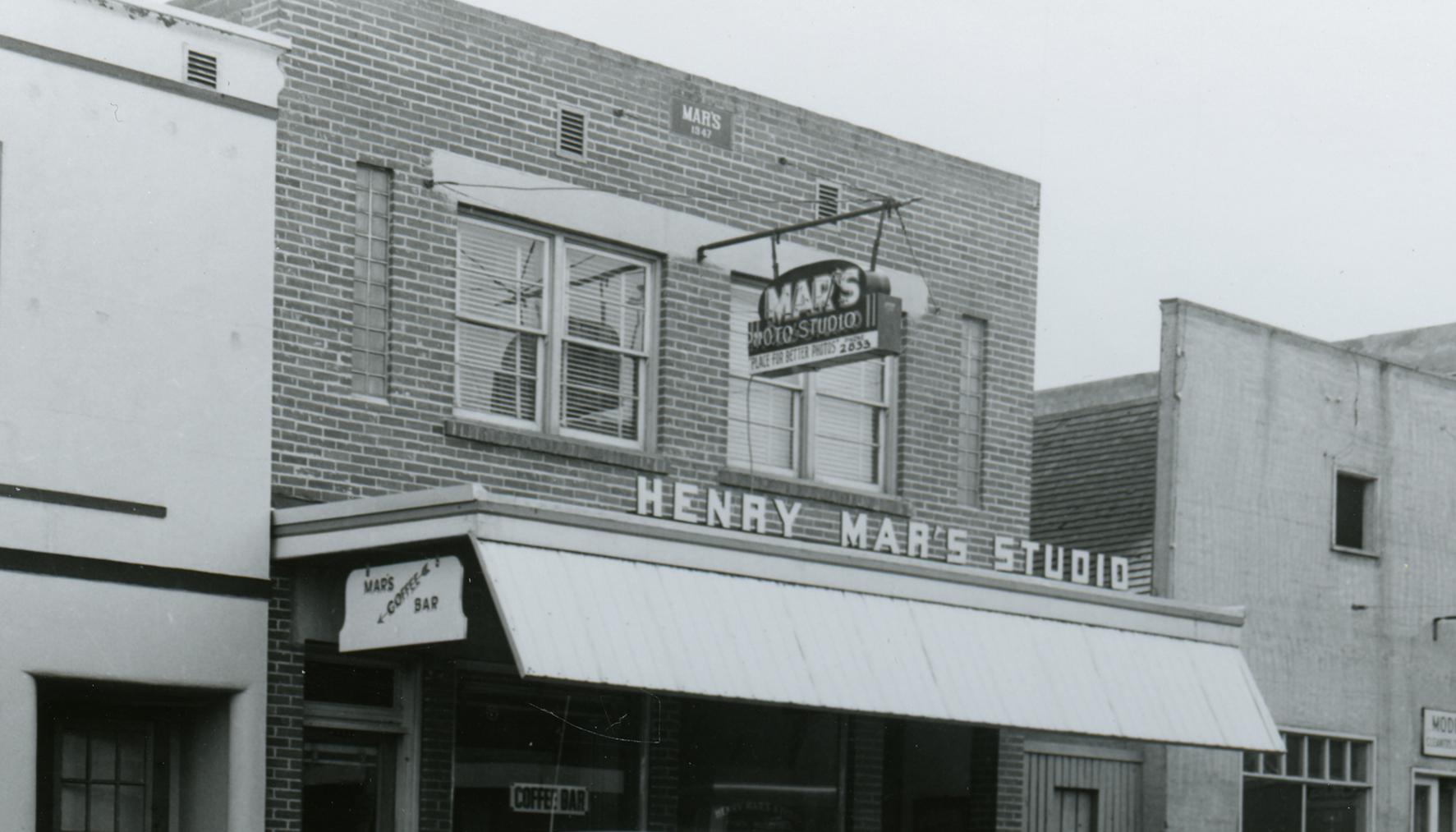
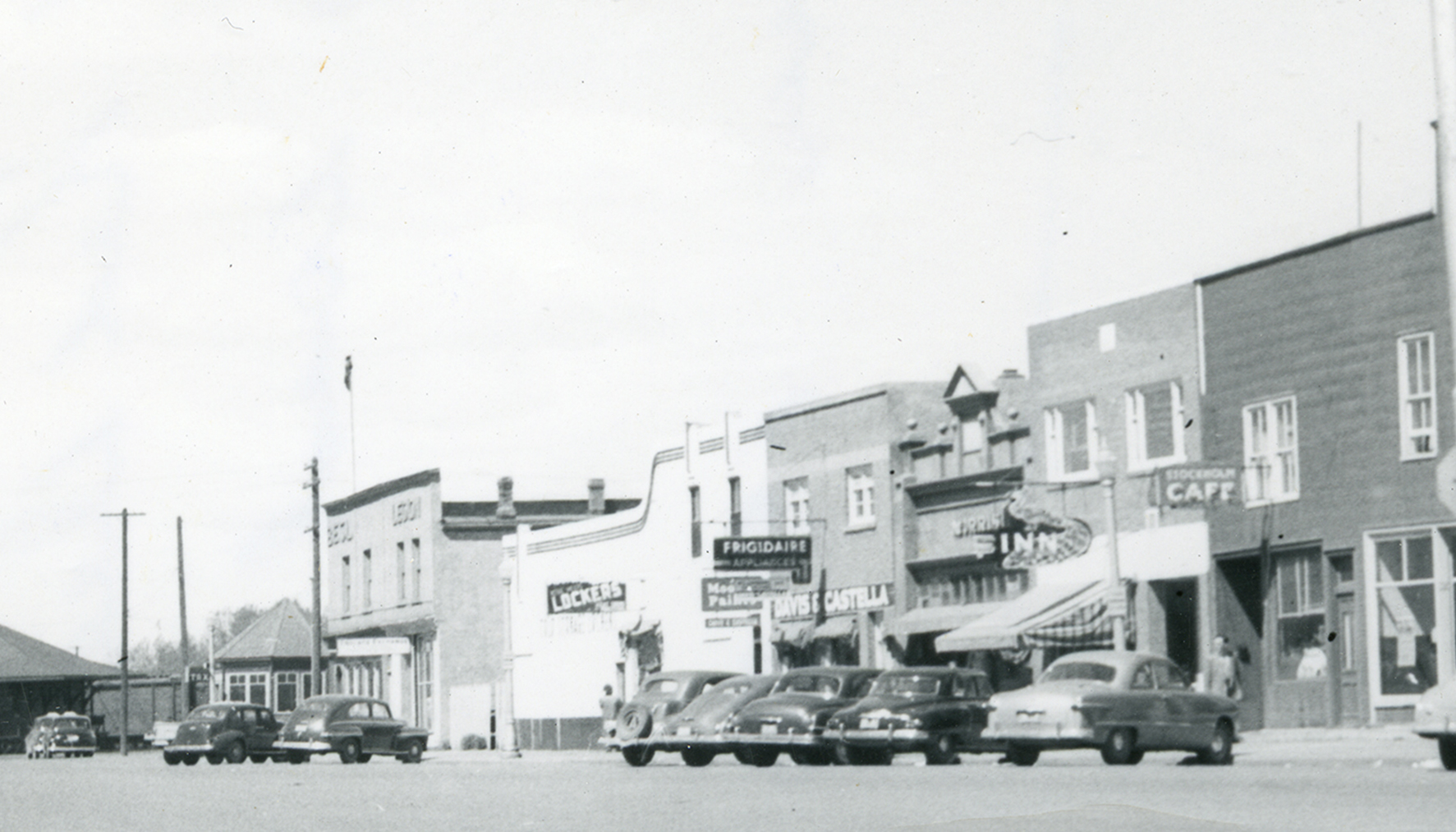
Car Culture
Opened in 1916, the Club Café continued to be a local favourite in the 1960s. As the number of cars increased so did the number of restaurants outside downtown who could provide parking.
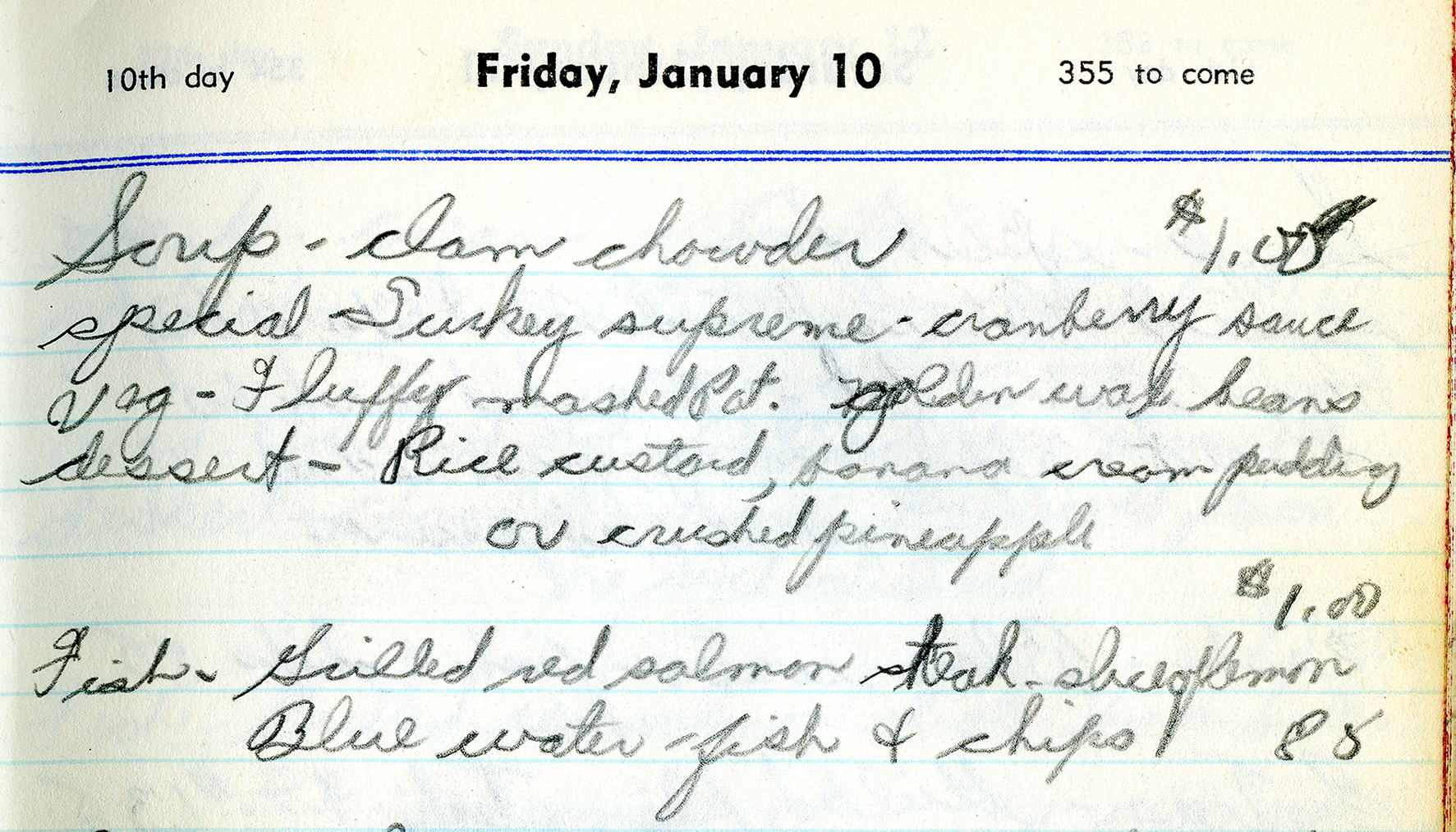

Modern Dining
As Red Deer has grown the number of restaurants and cafés has exploded as well as expanding the type of foods available including Chinese, Mexican, Lebanese and Italian.
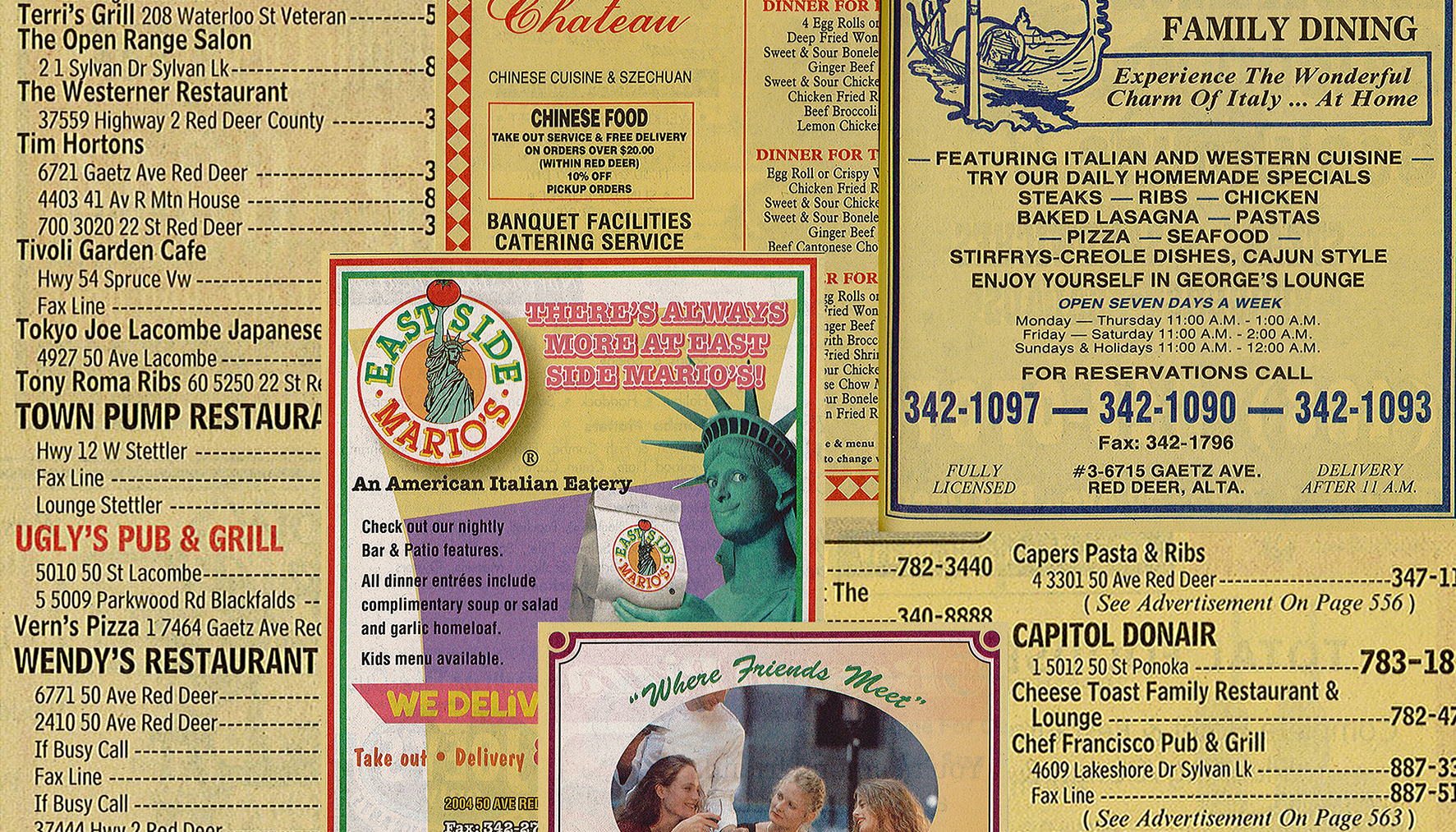
Food Culture Today
Today we use the internet to find and rate local restaurants. You can place your order online or using your cell phone and enjoy the convenience of fast delivery to your door.
